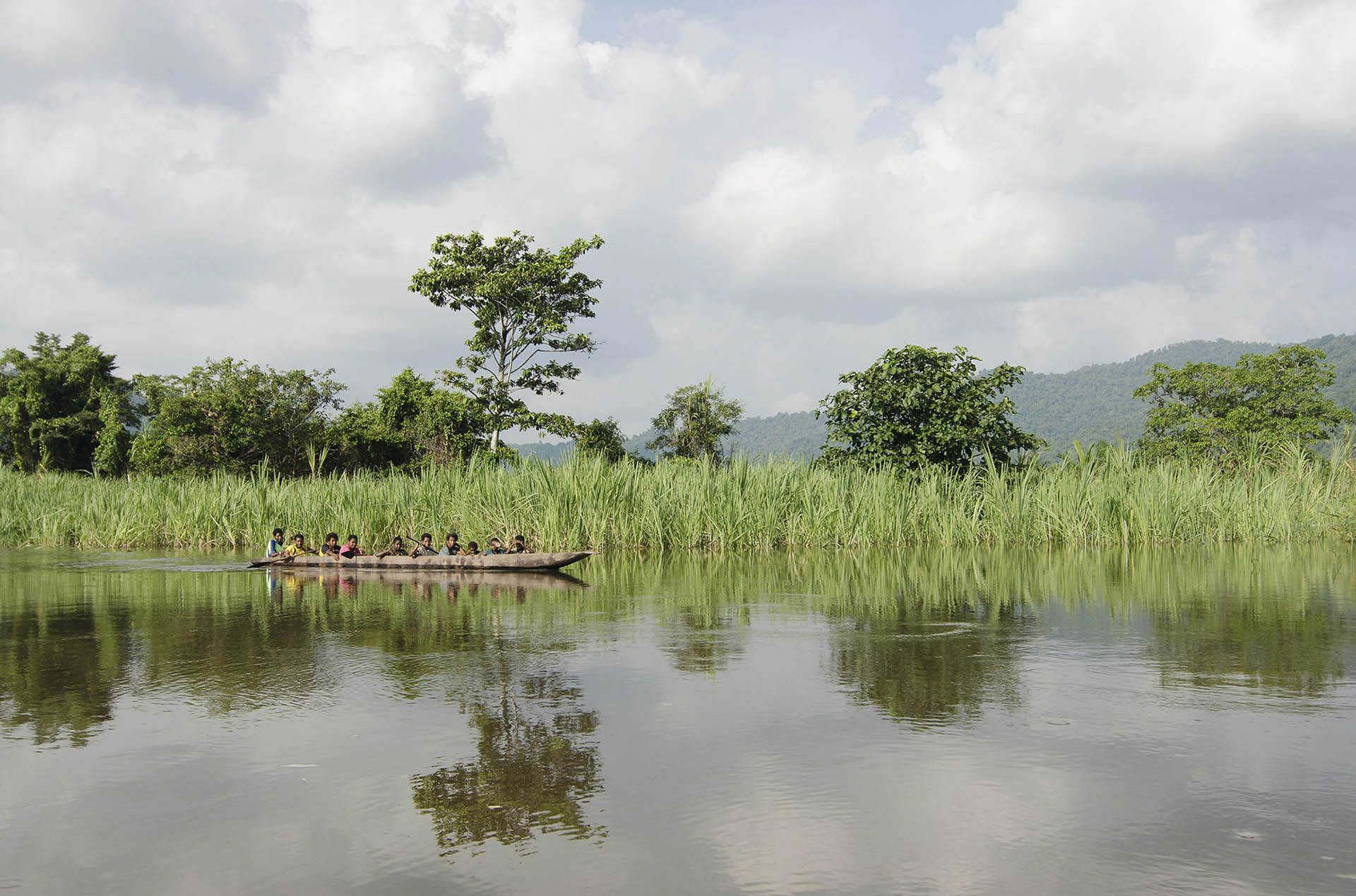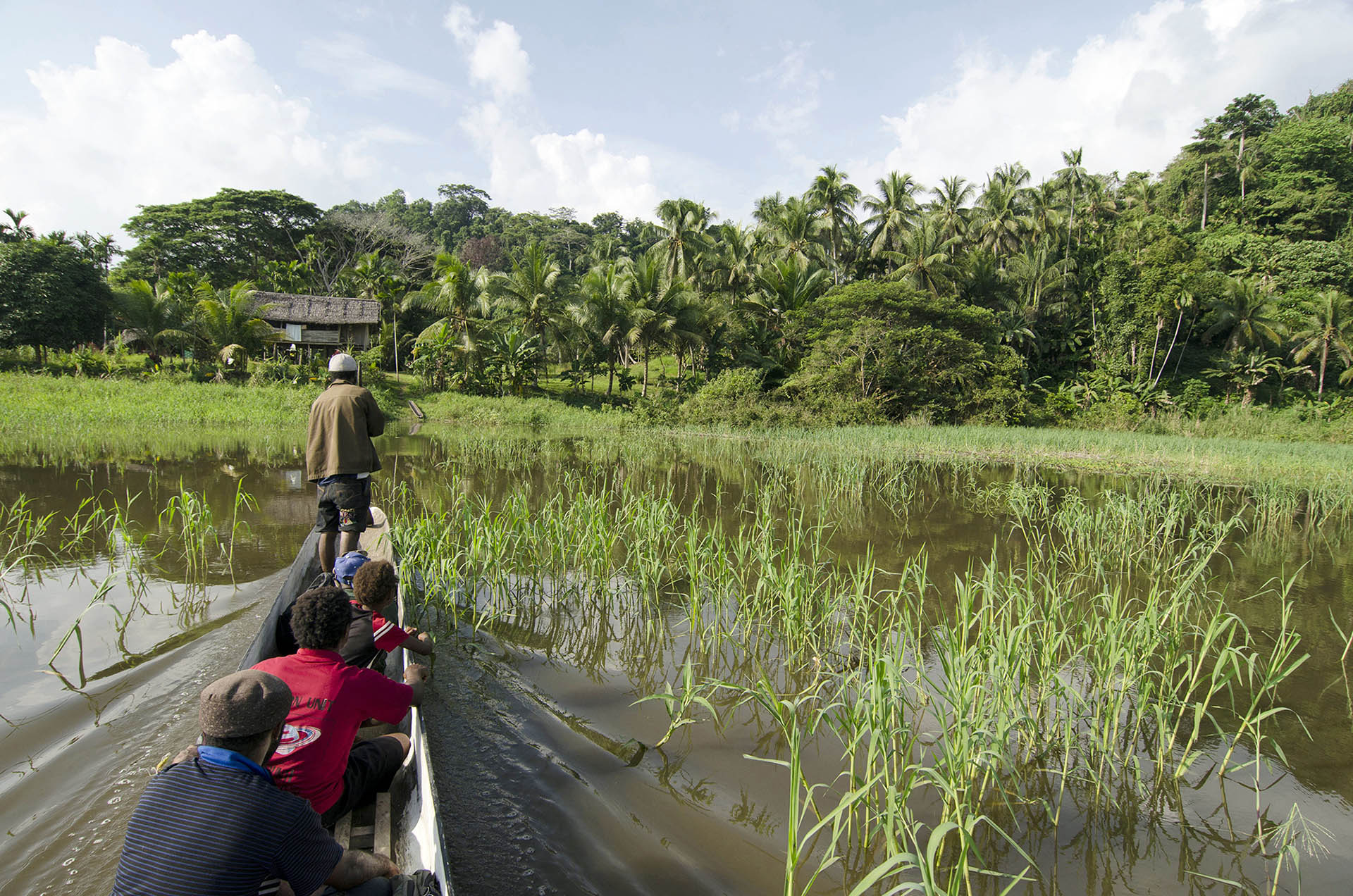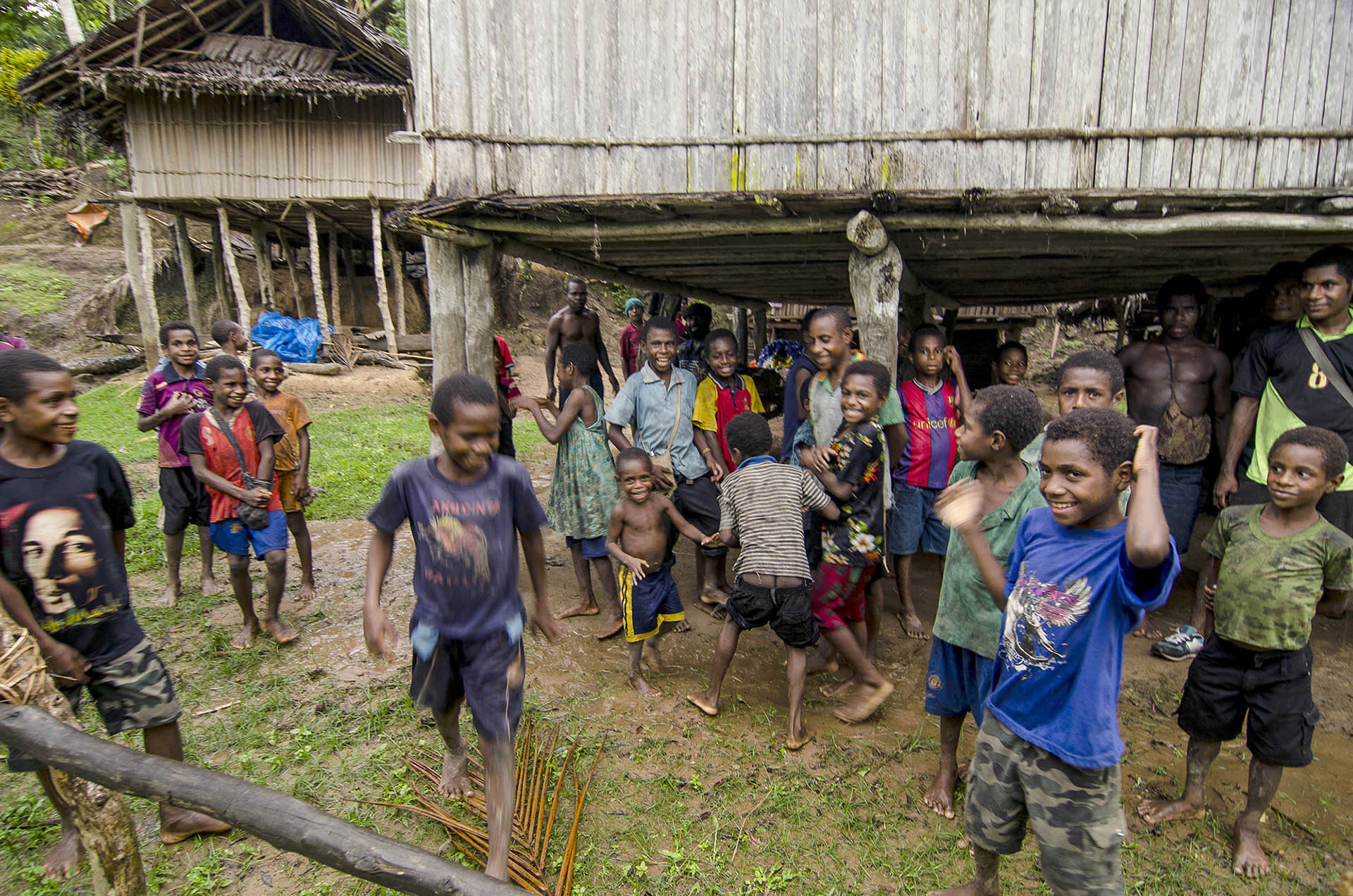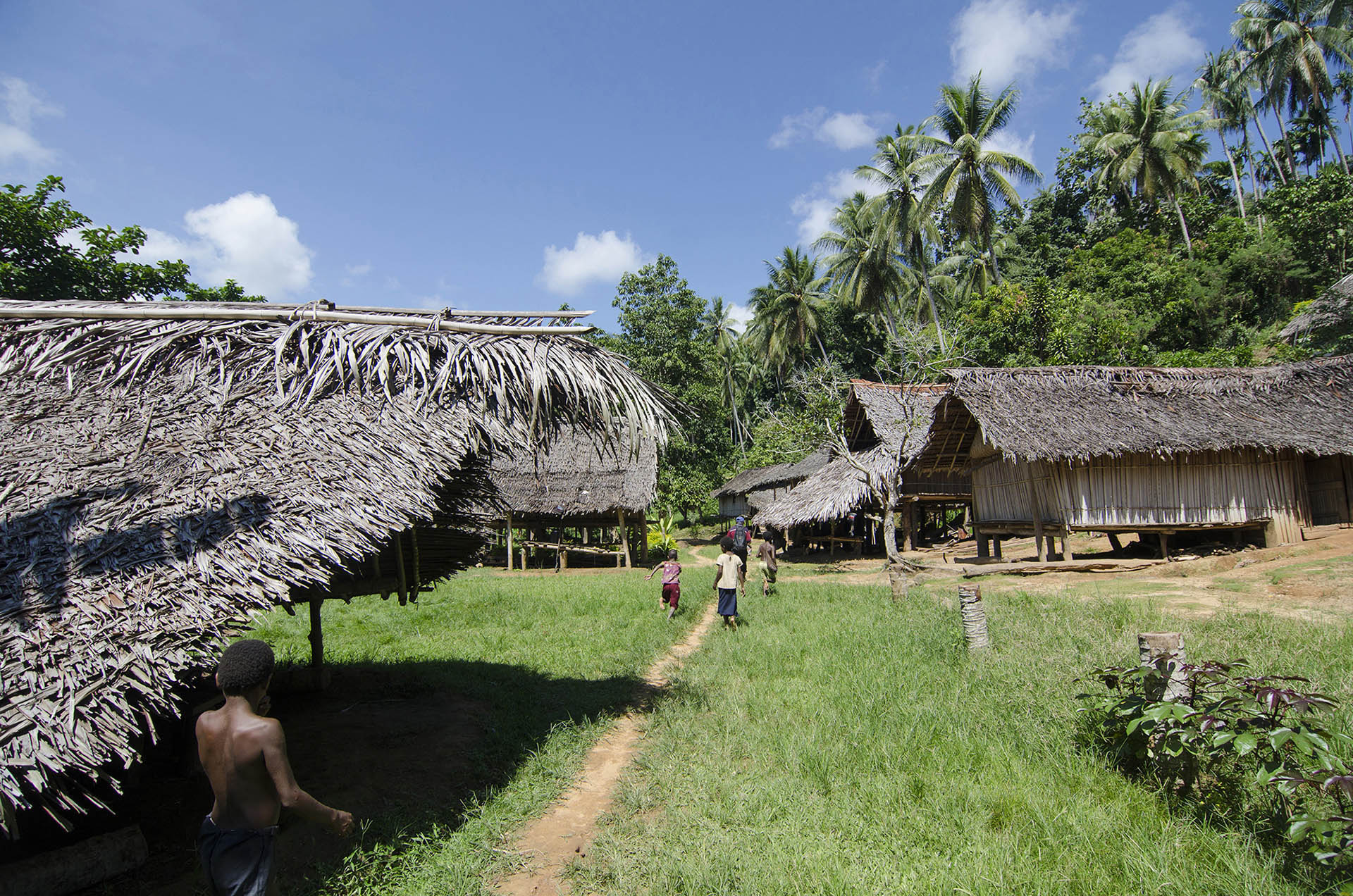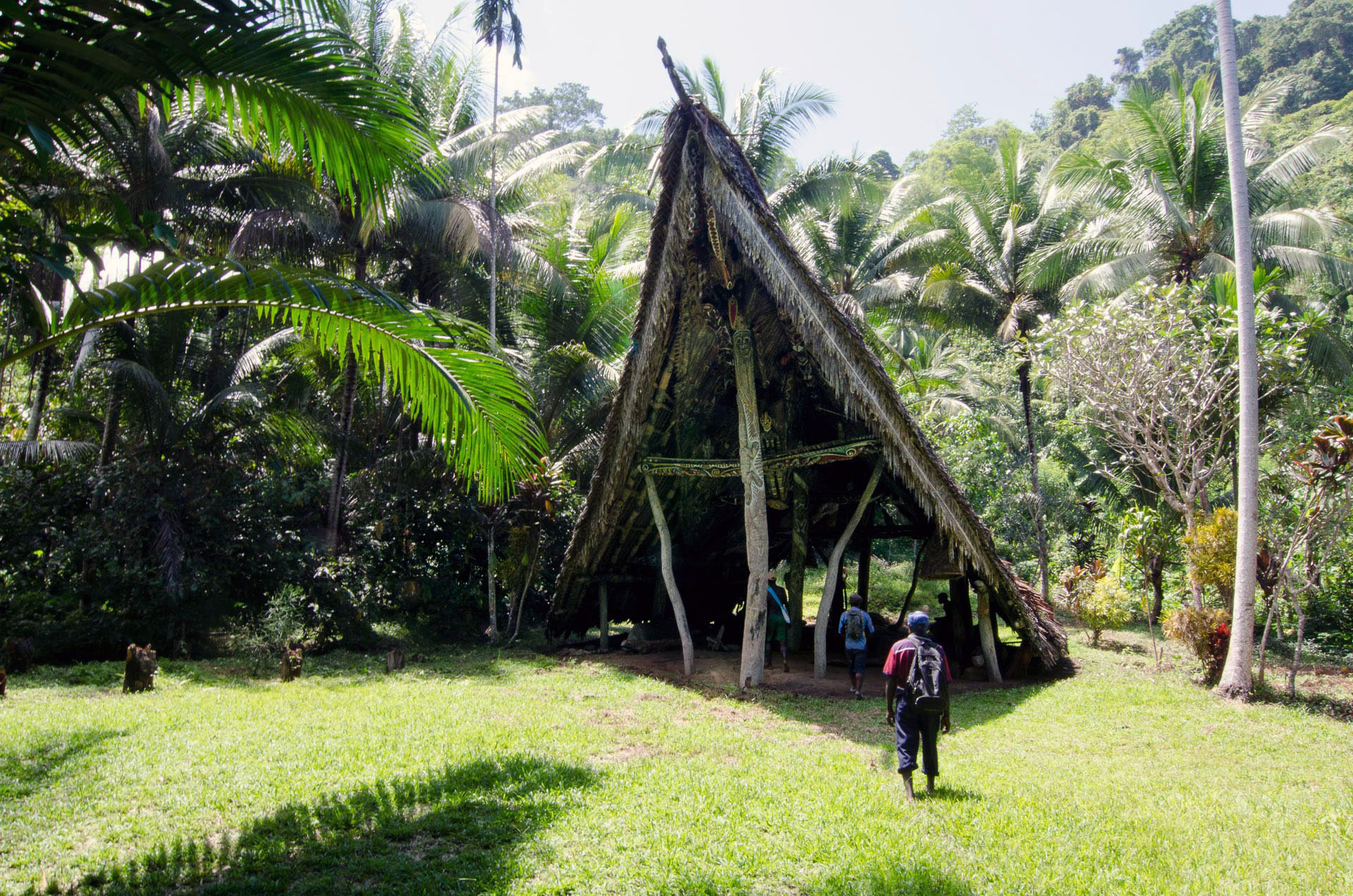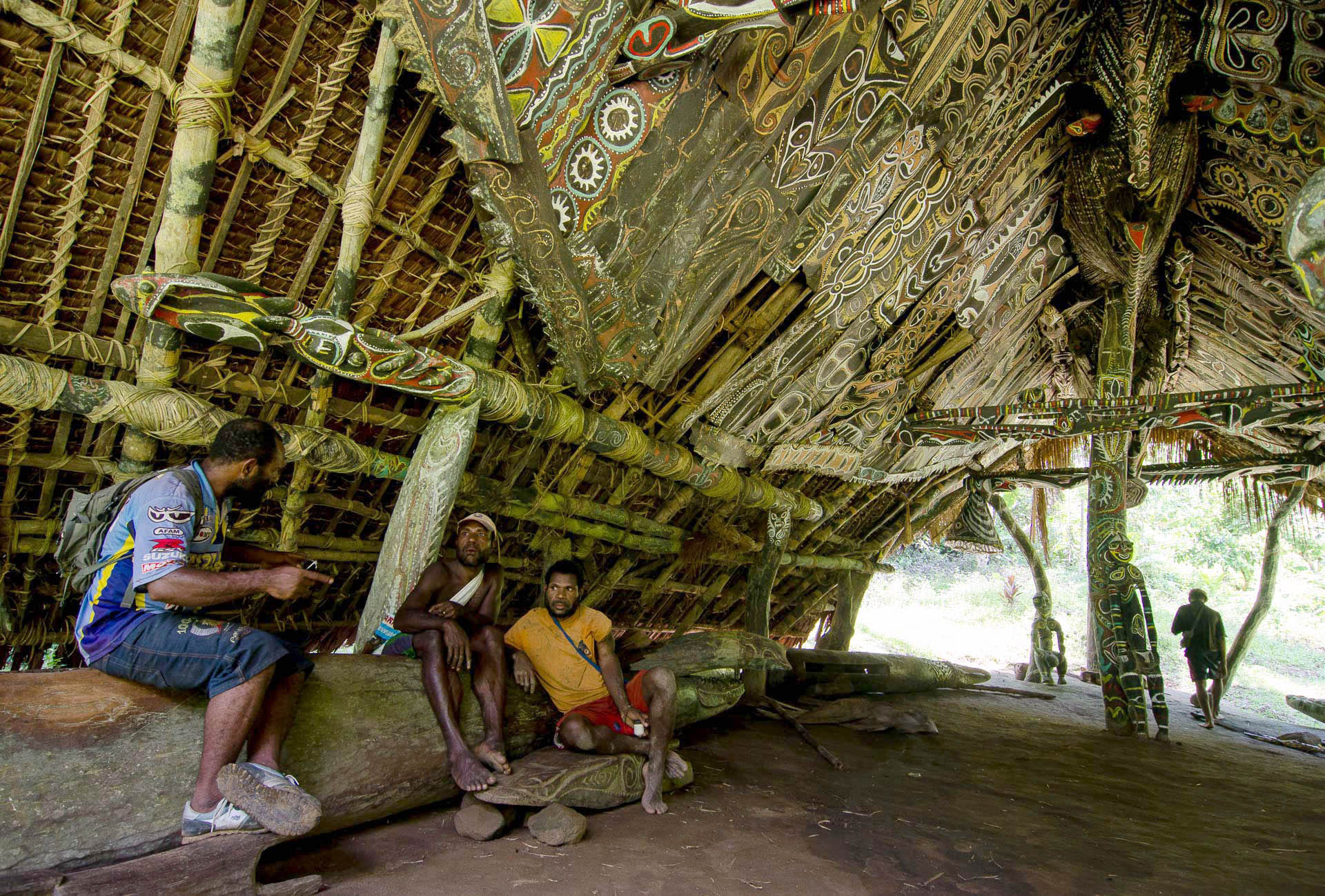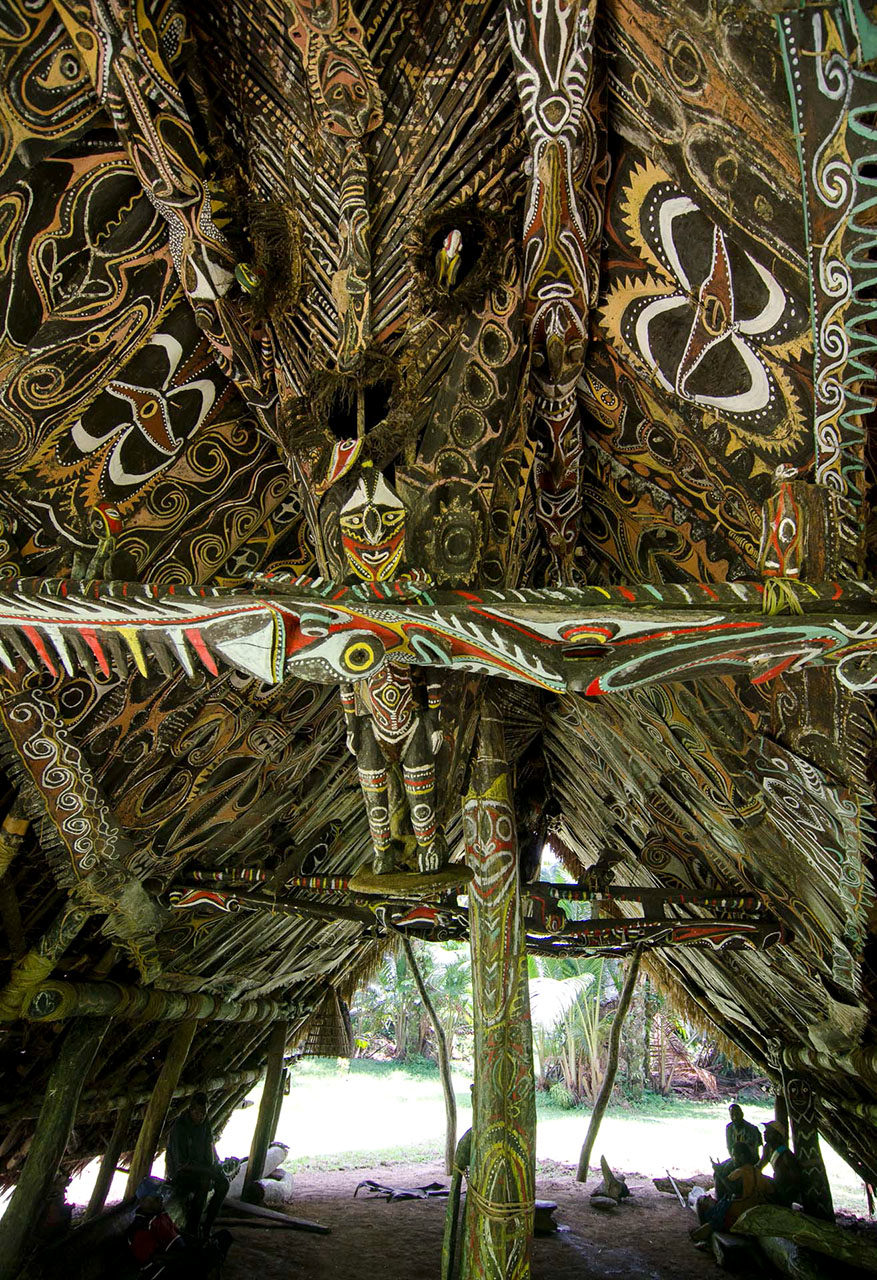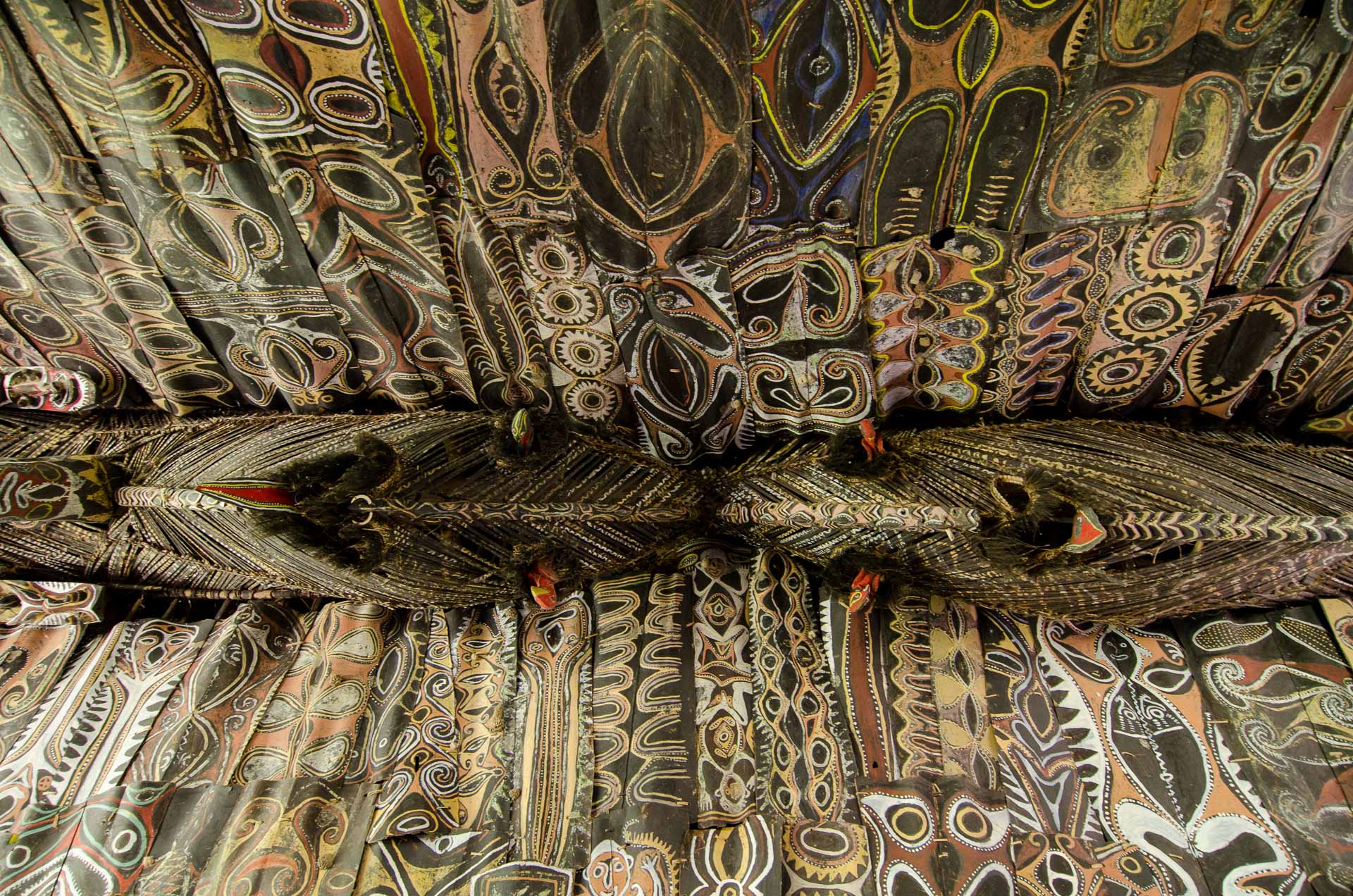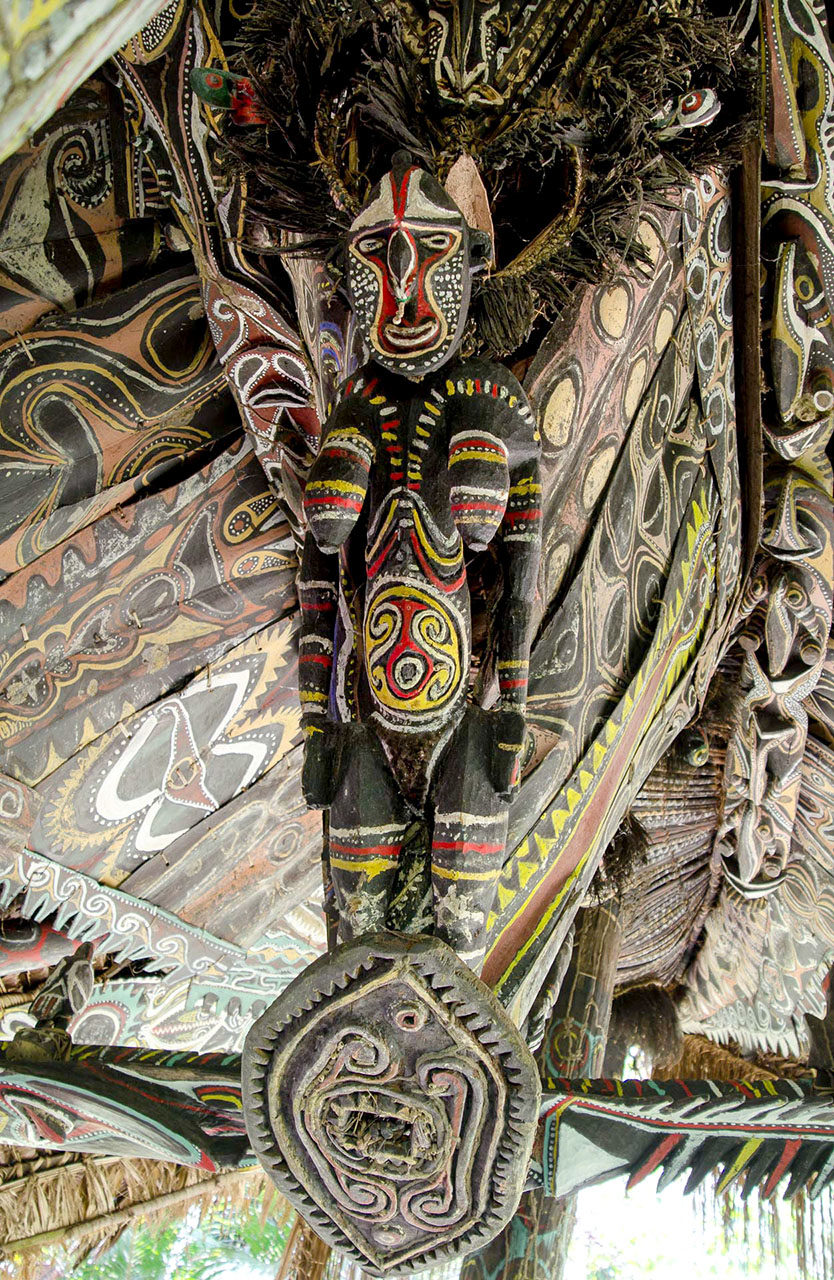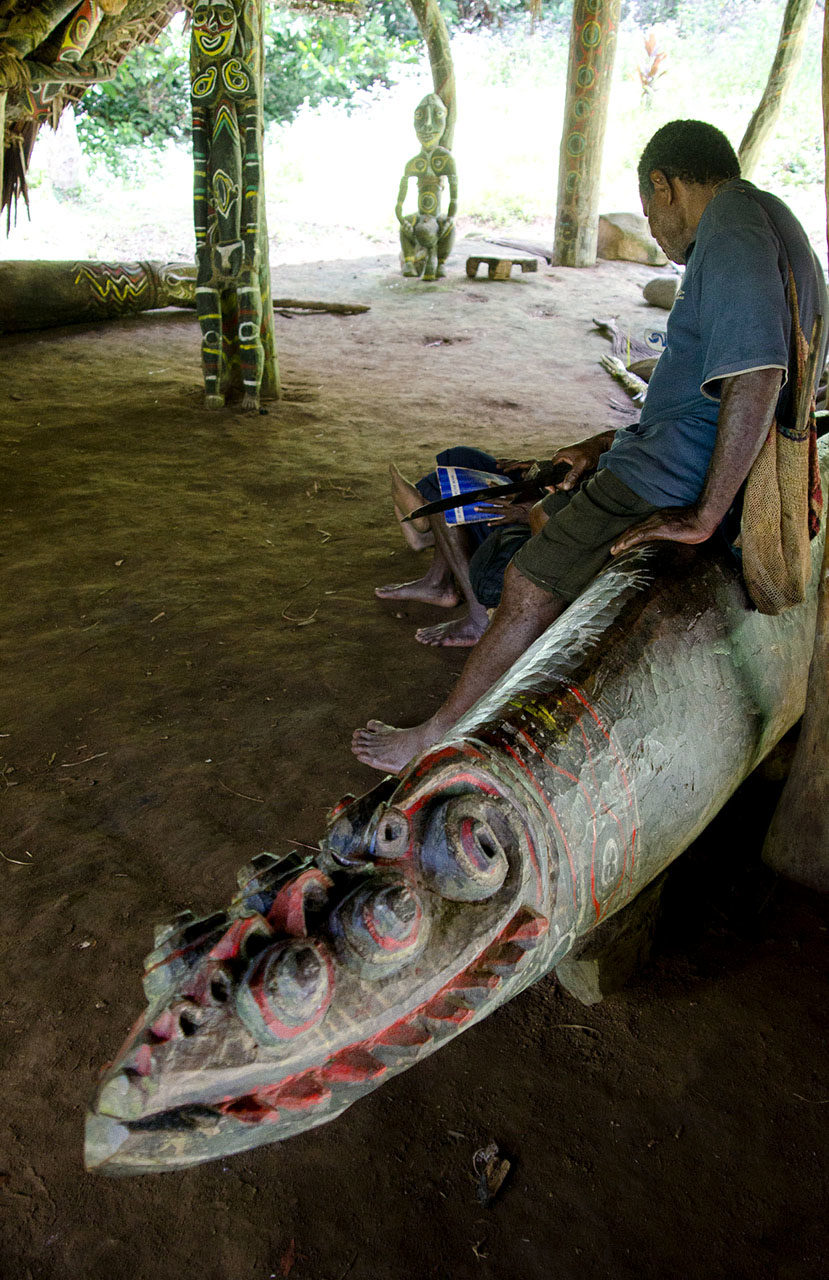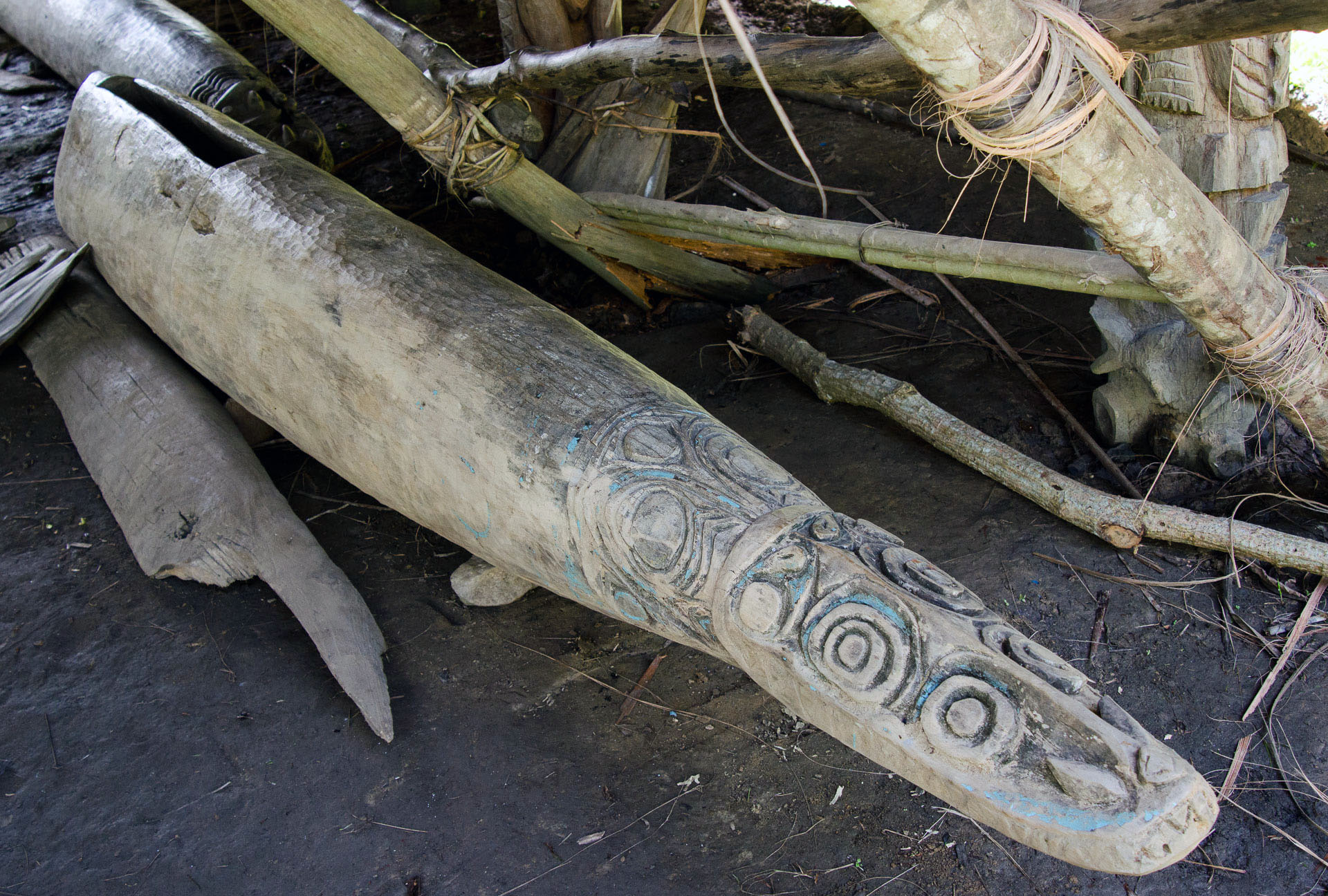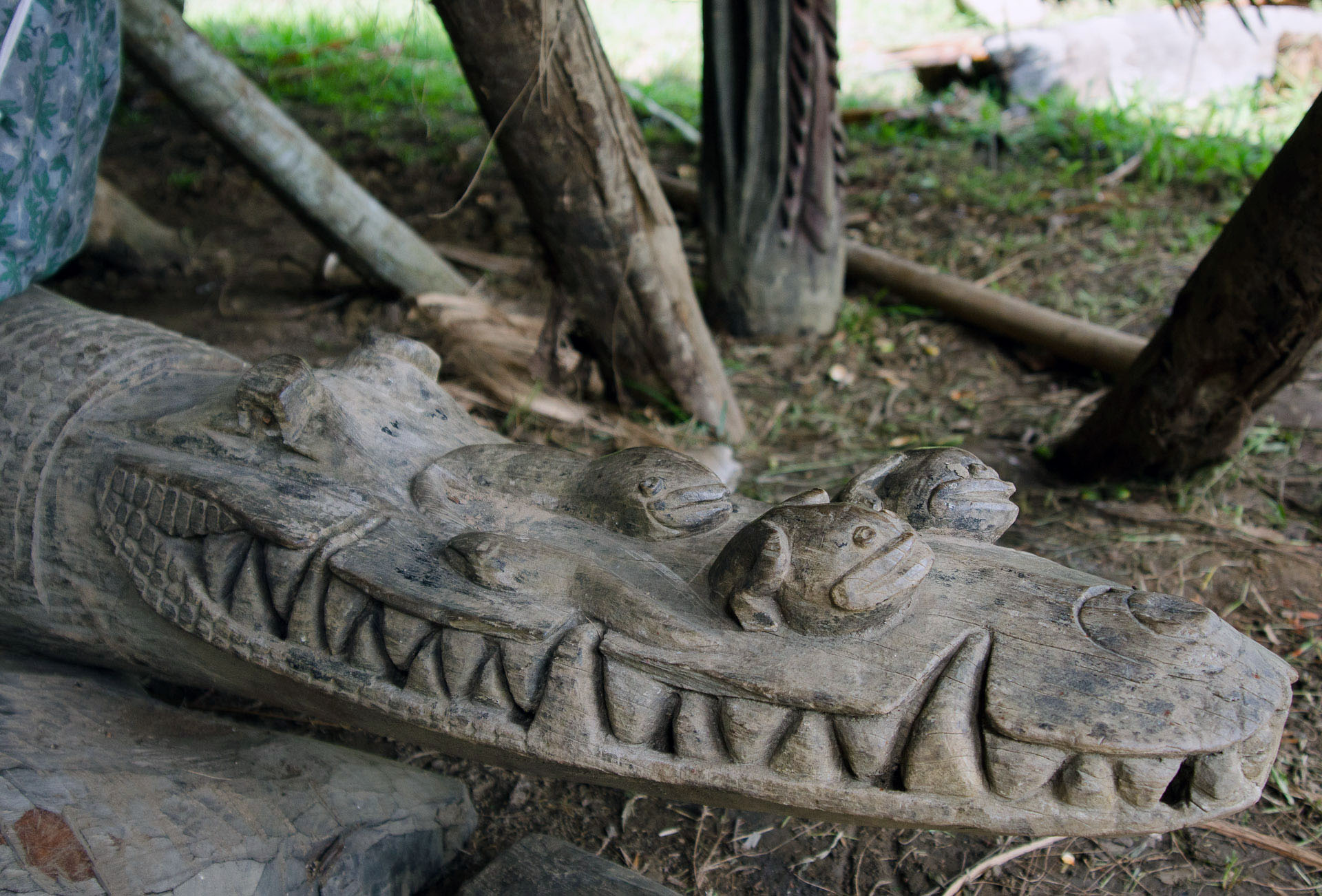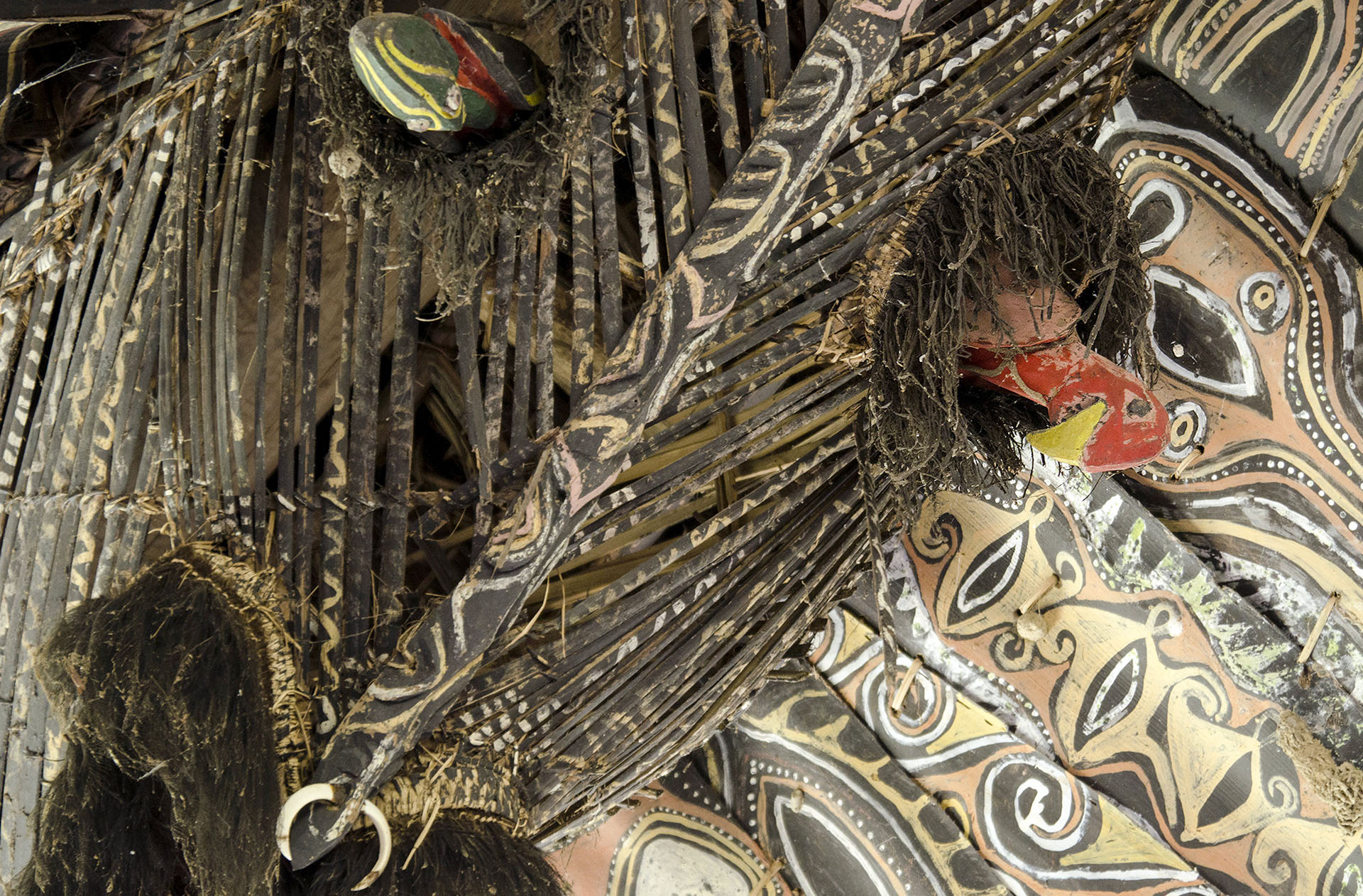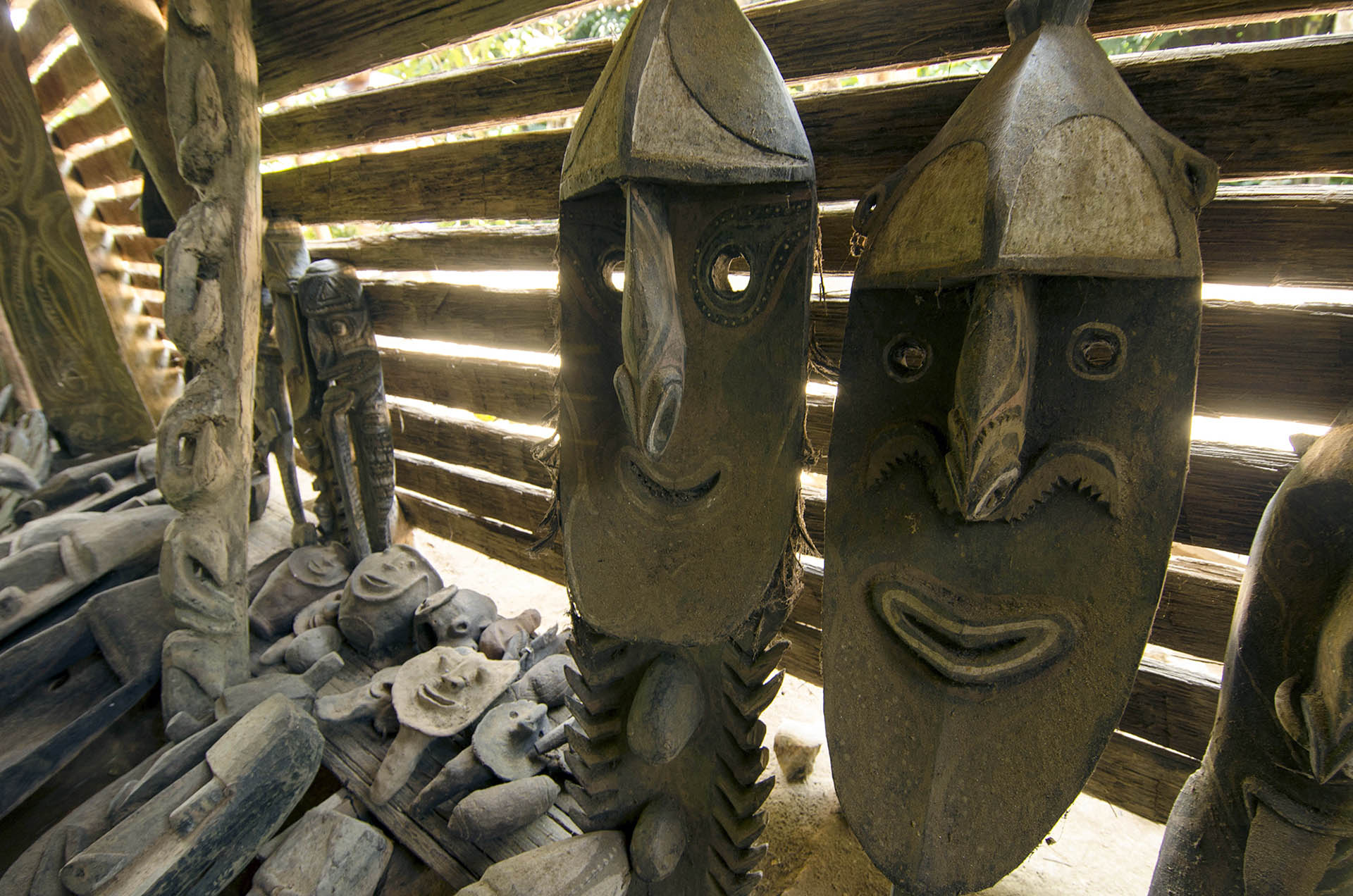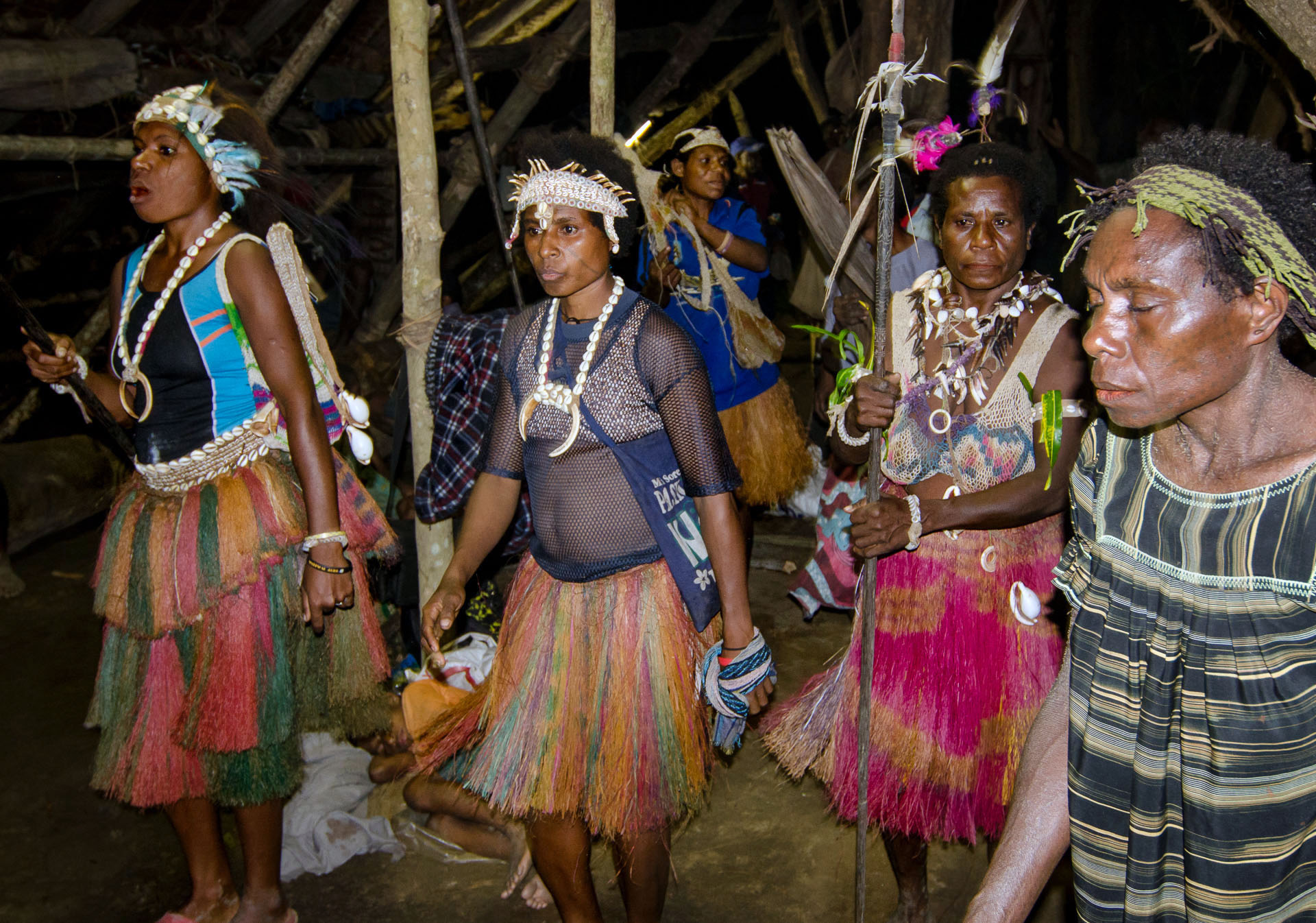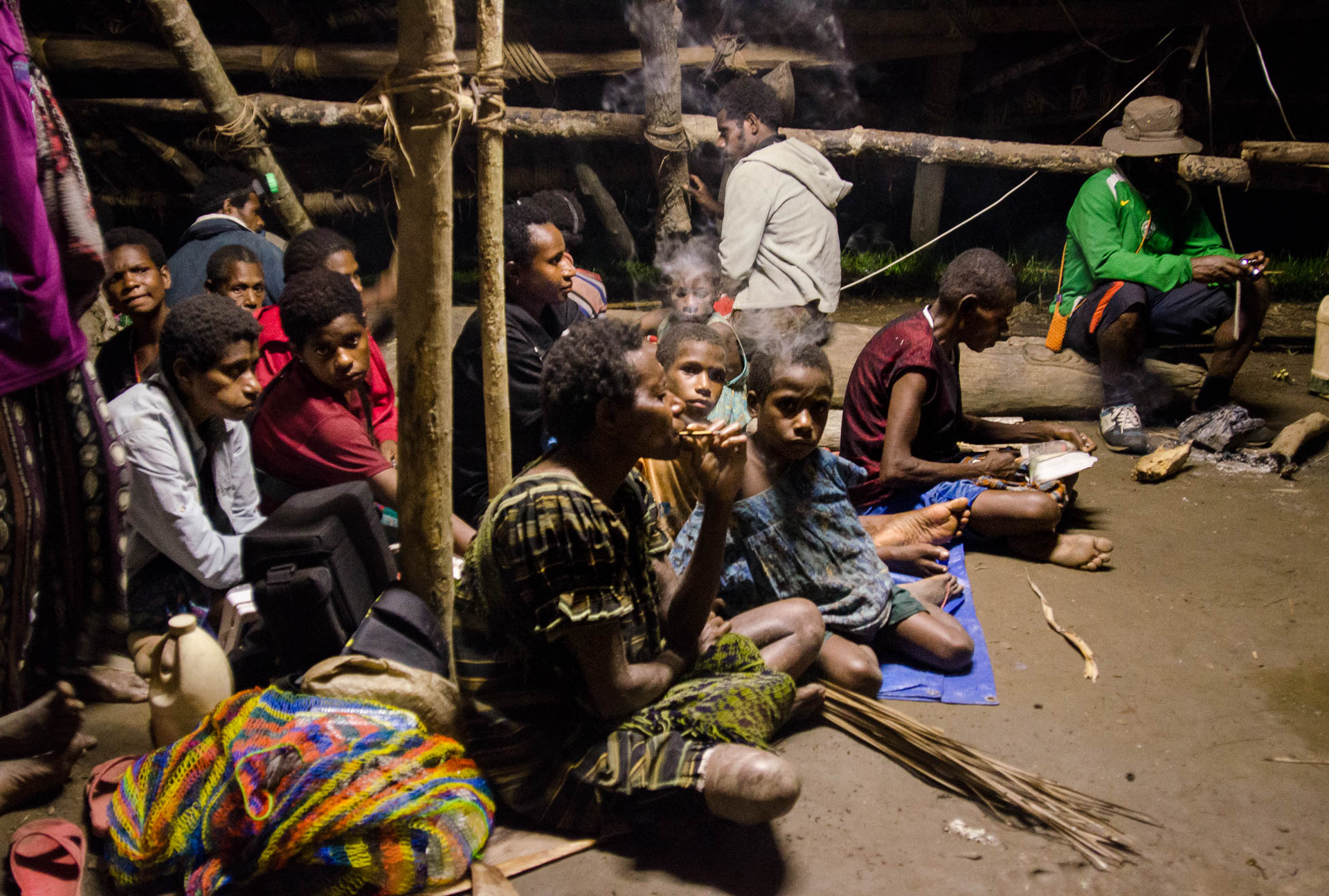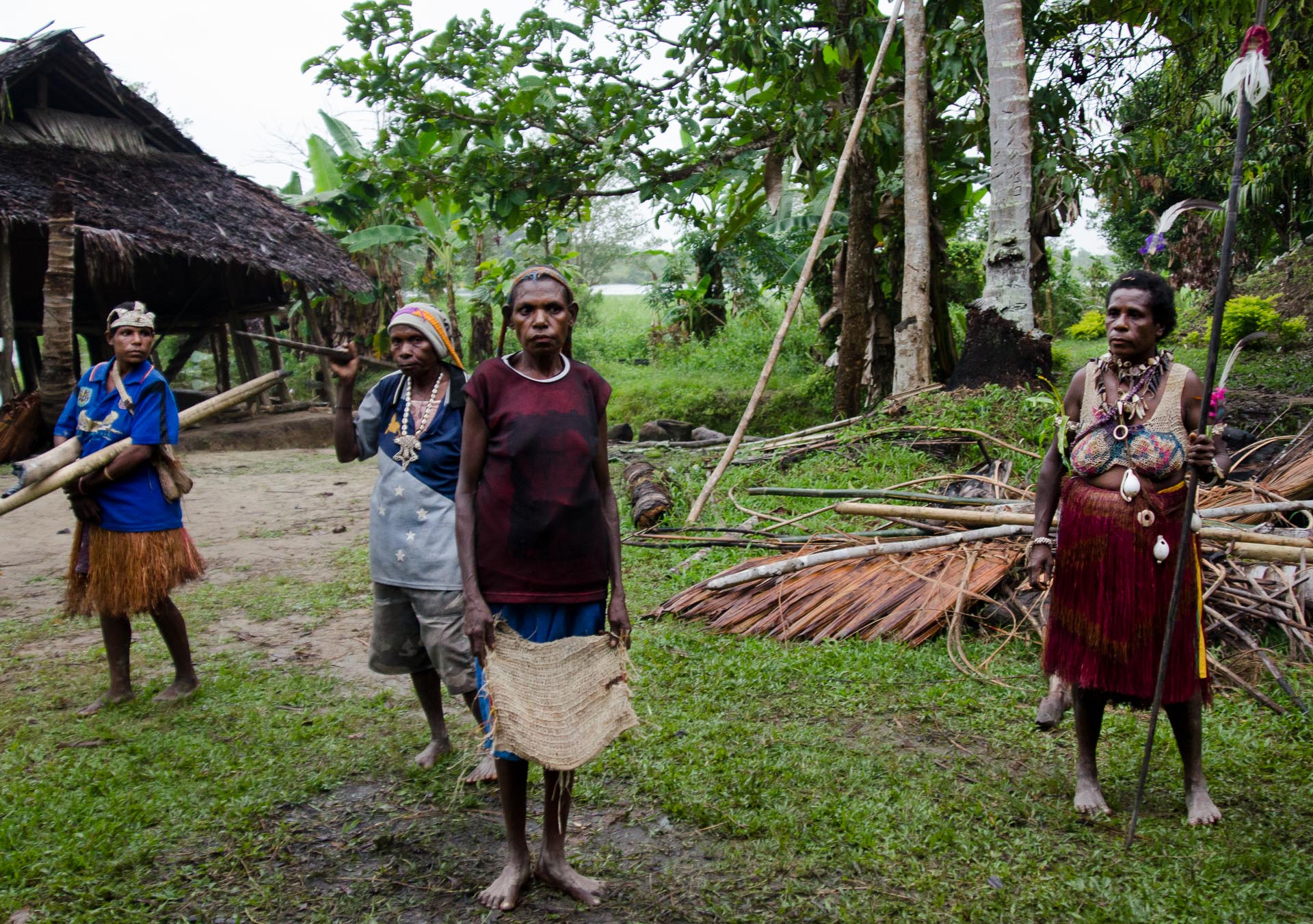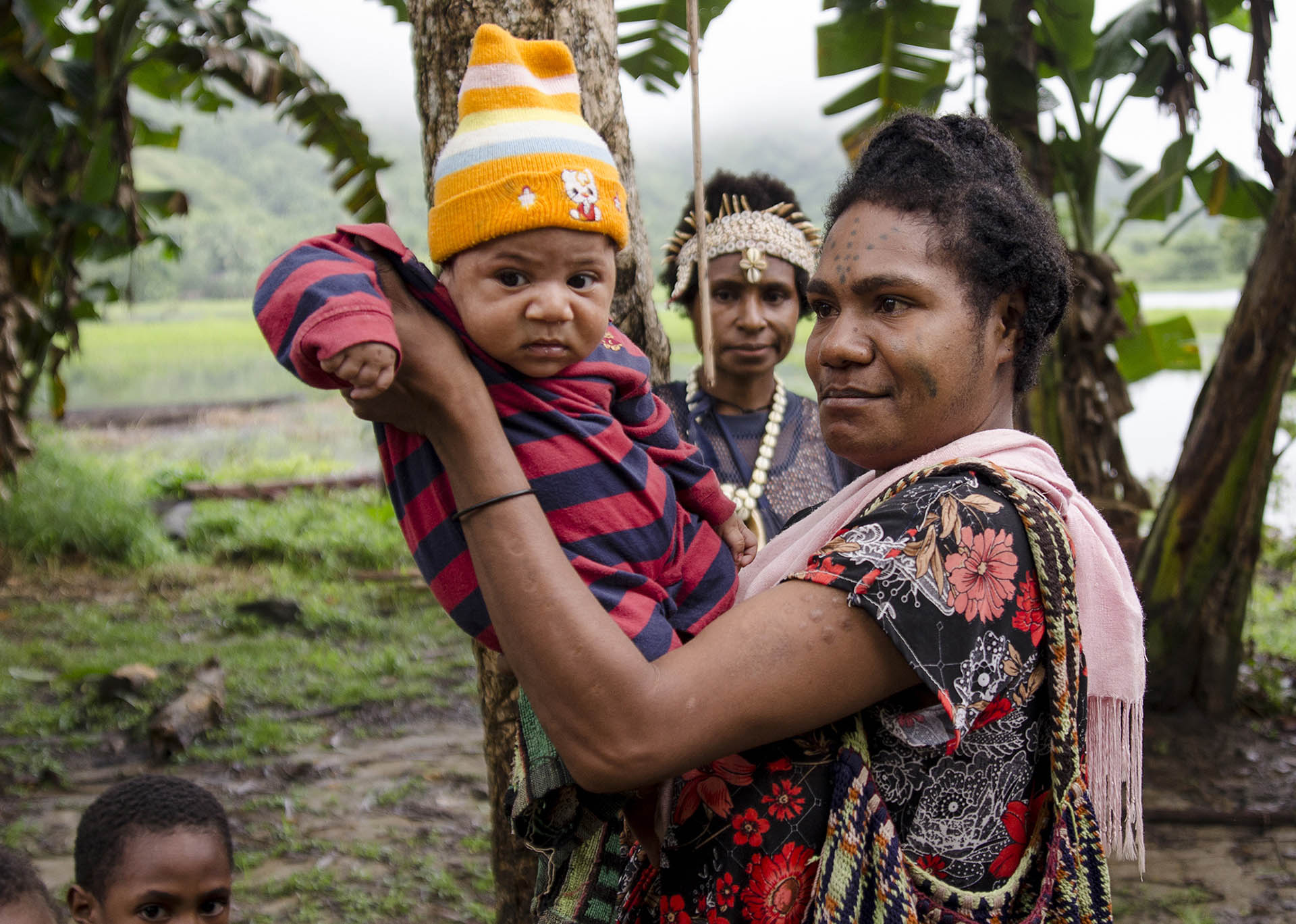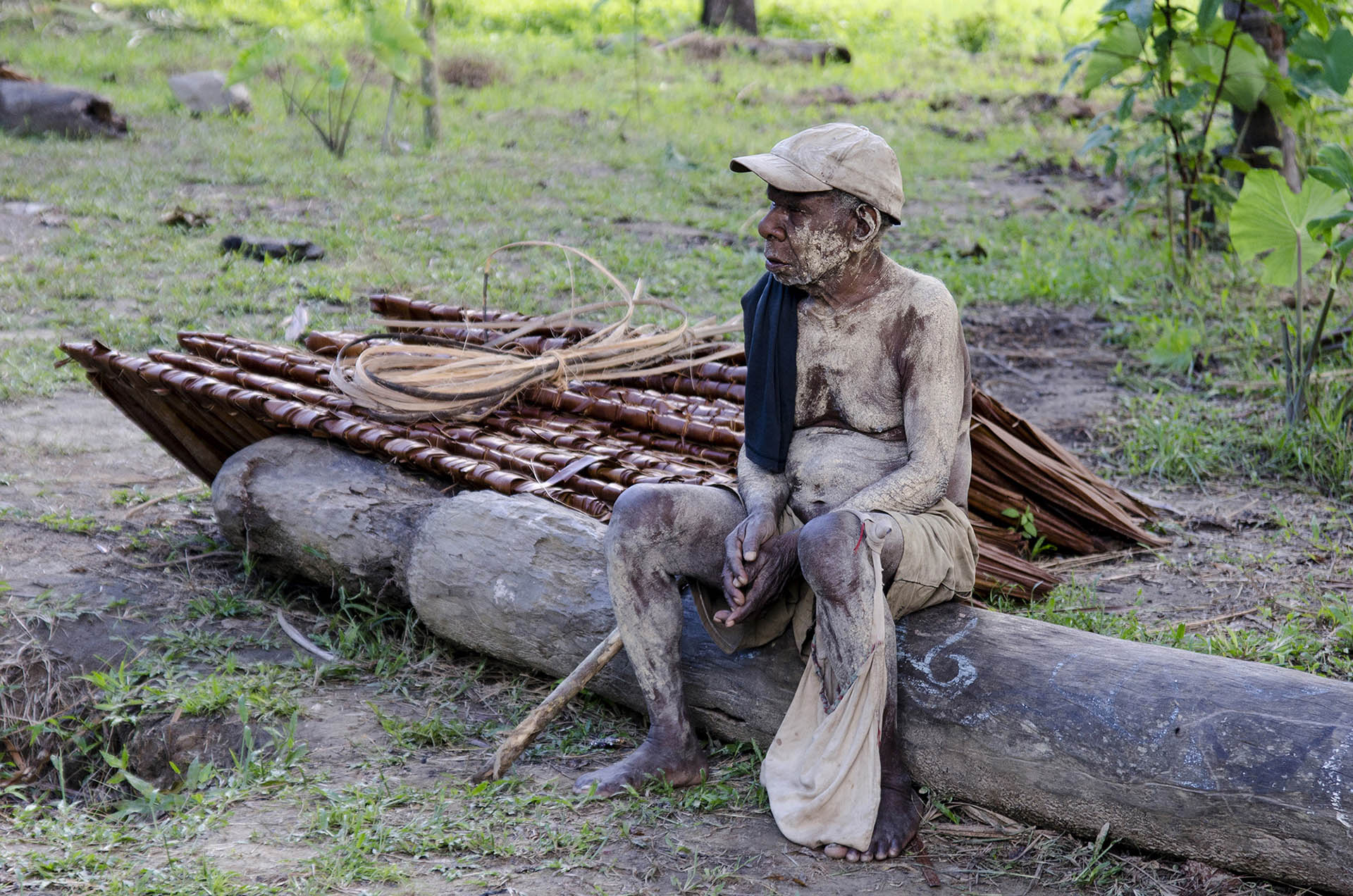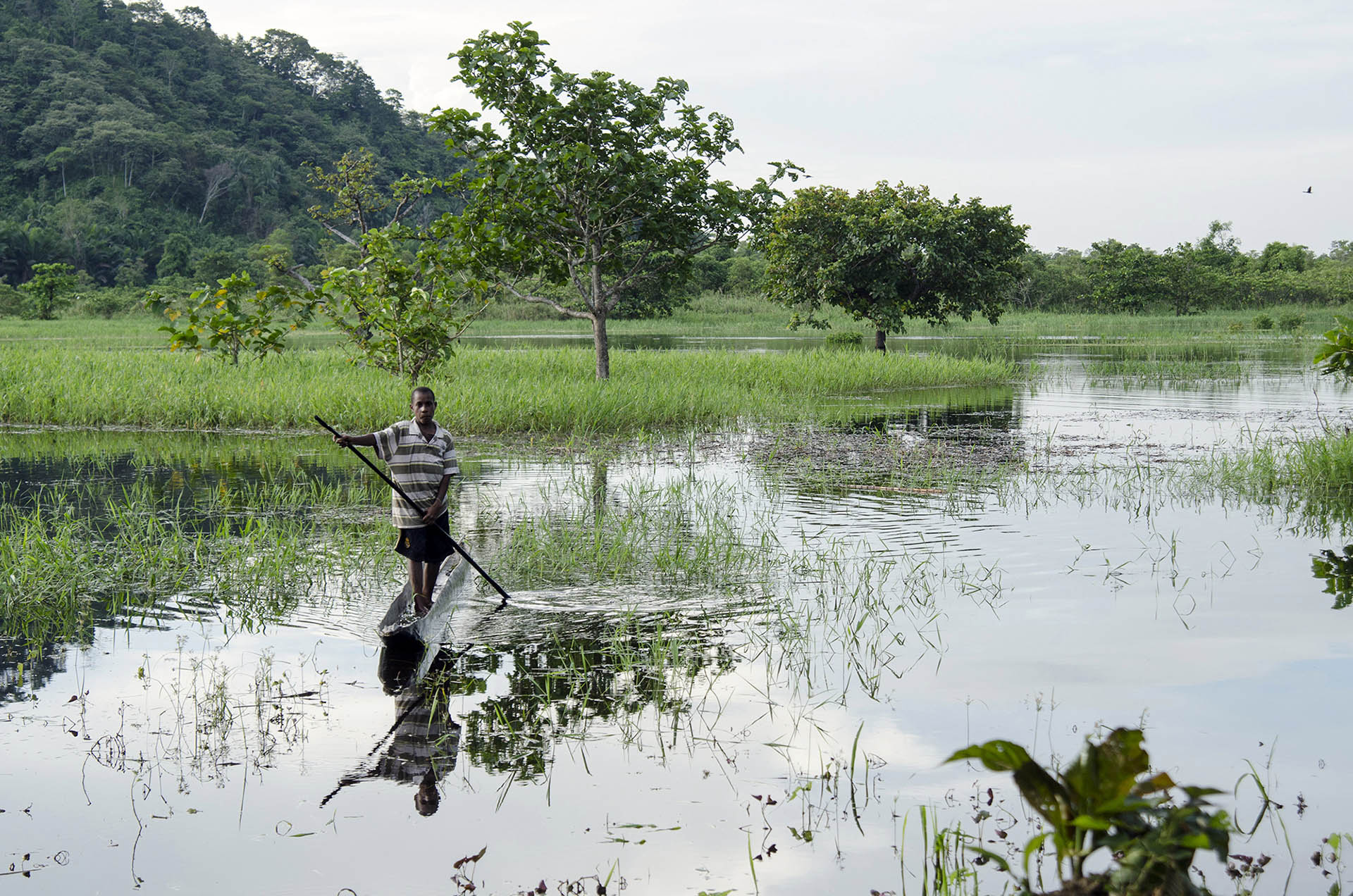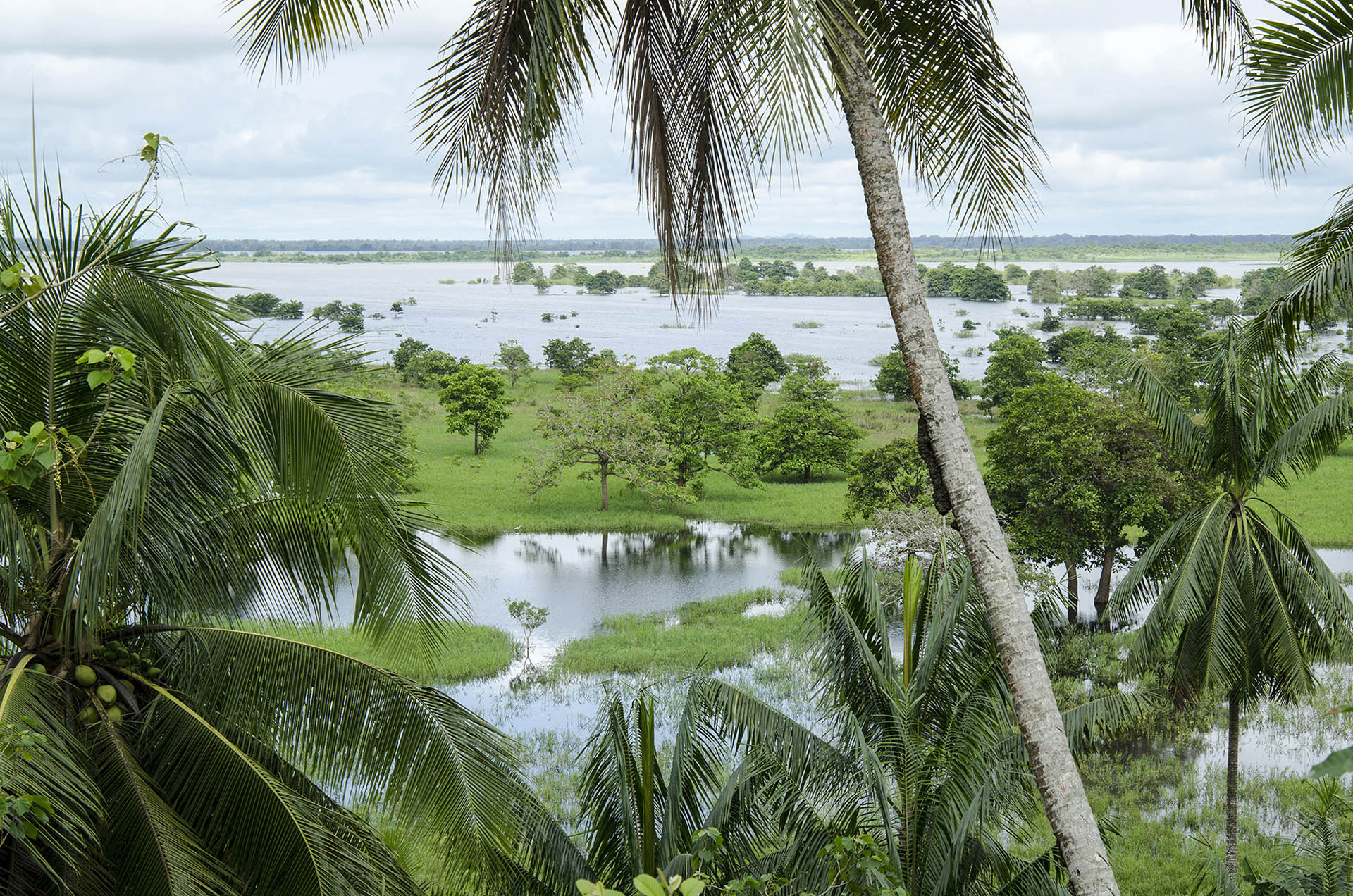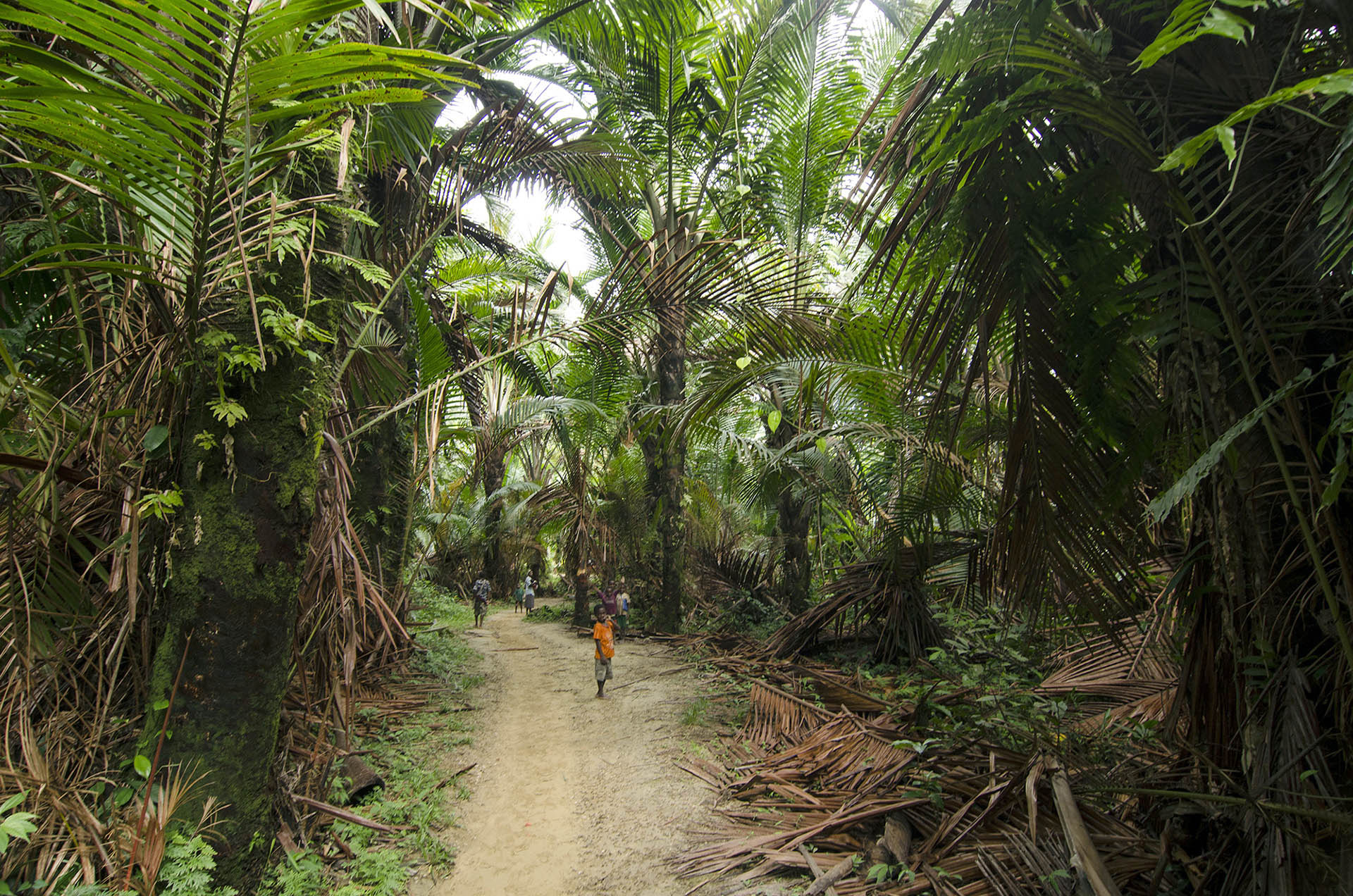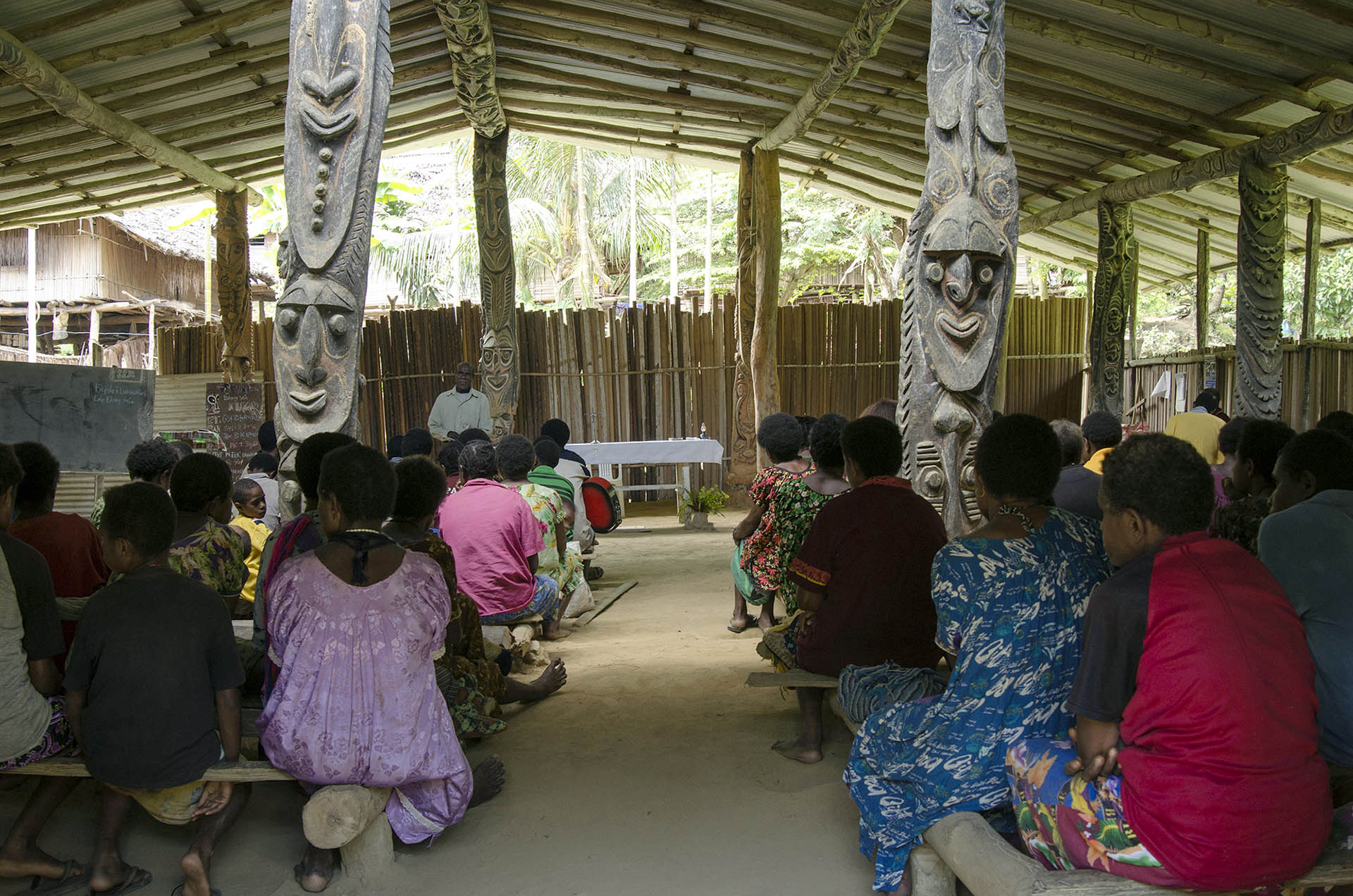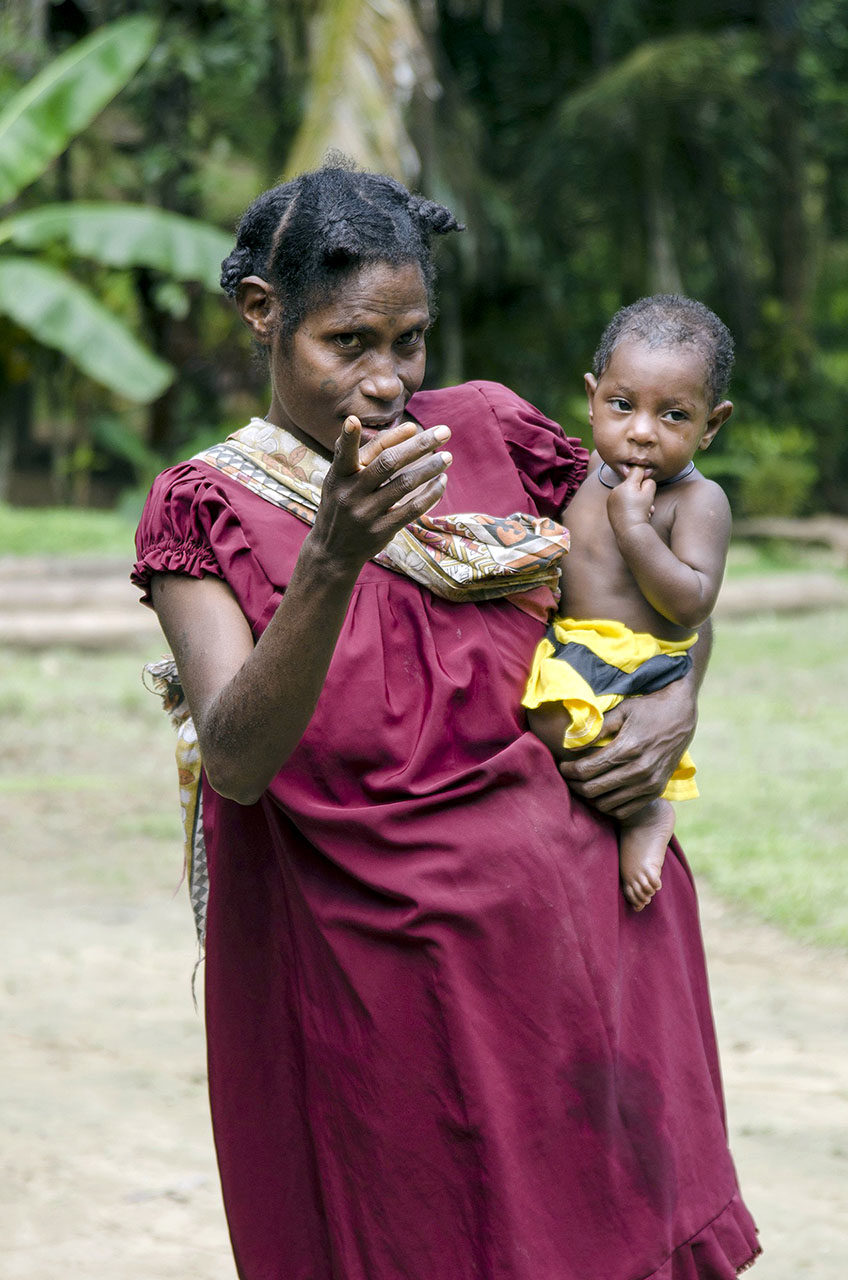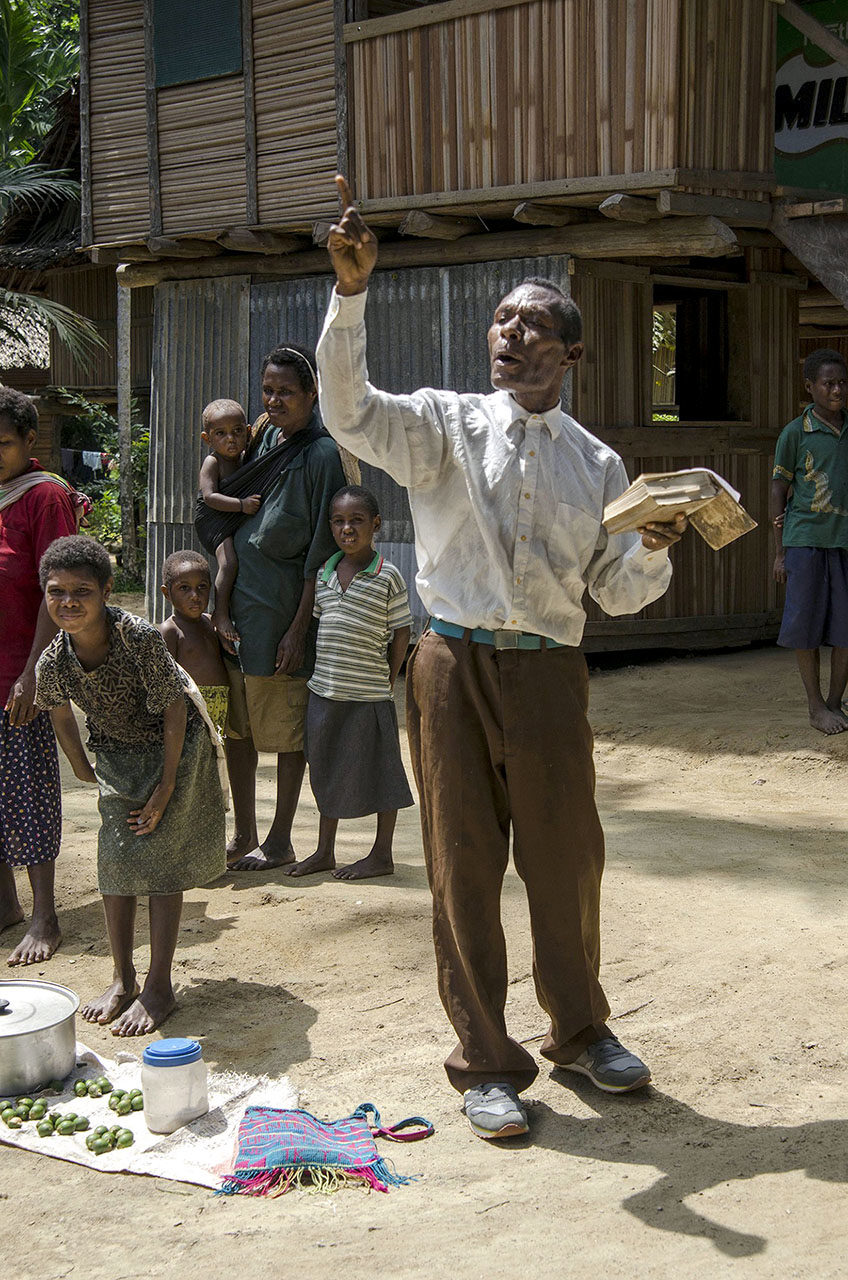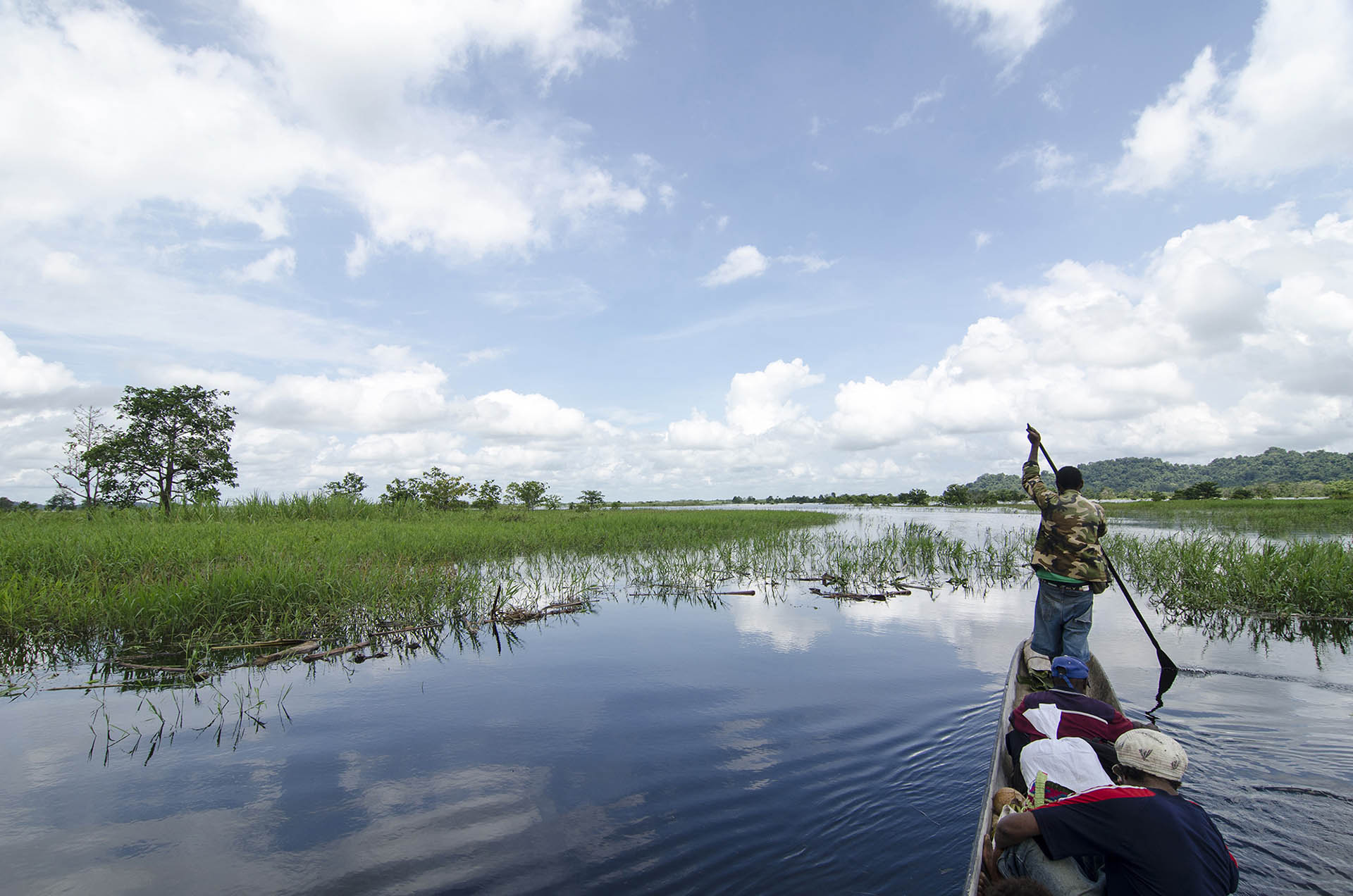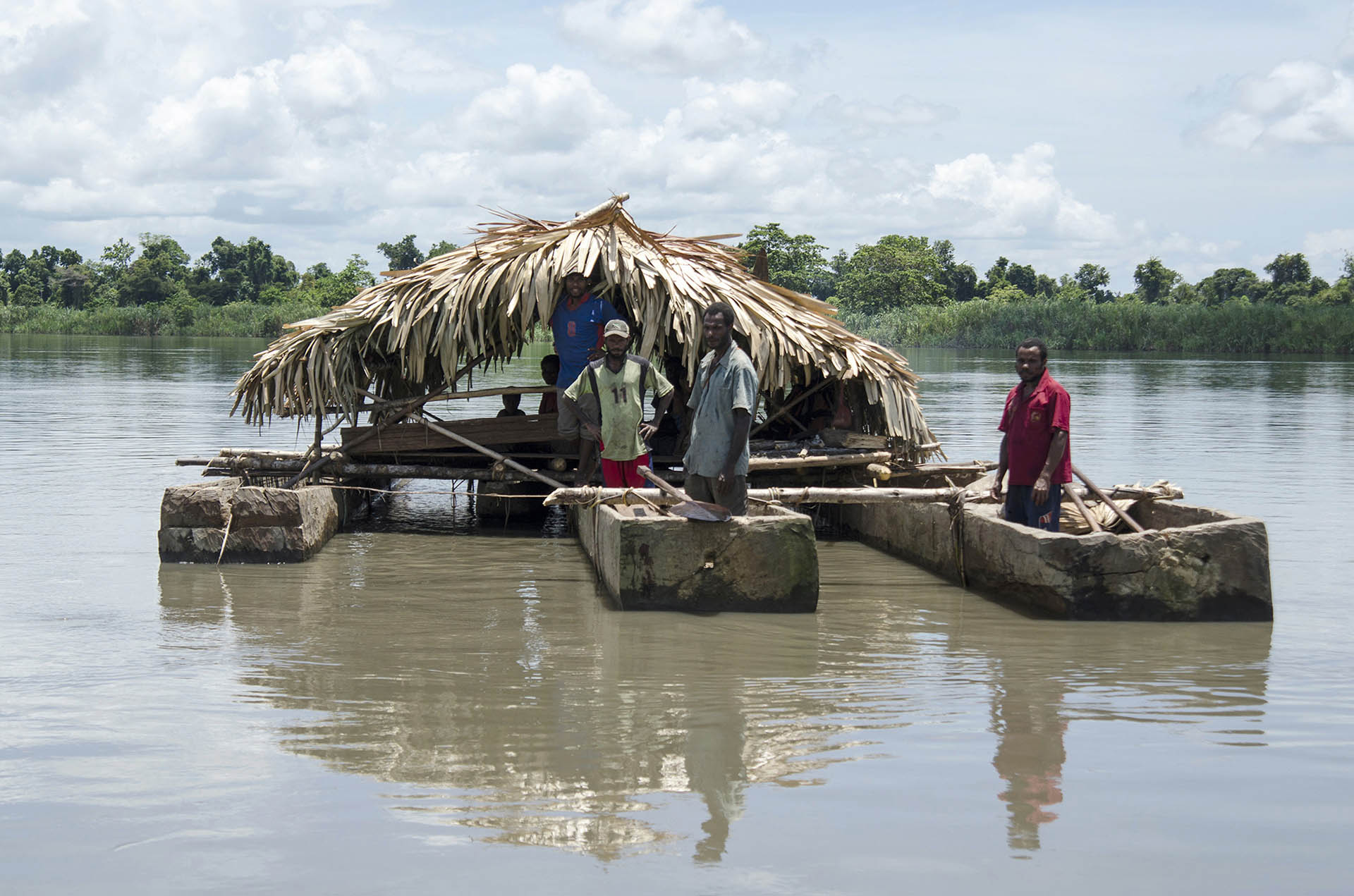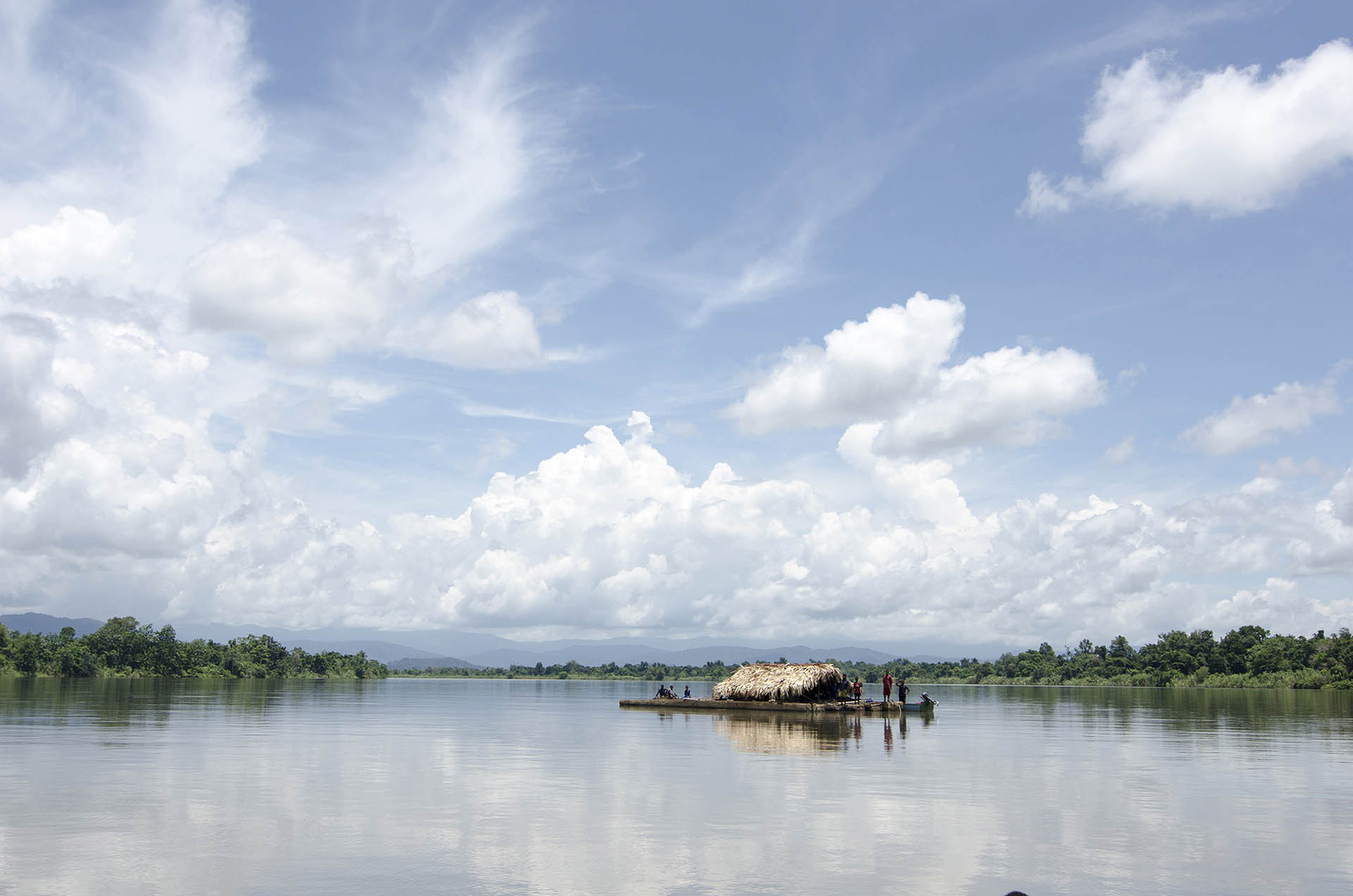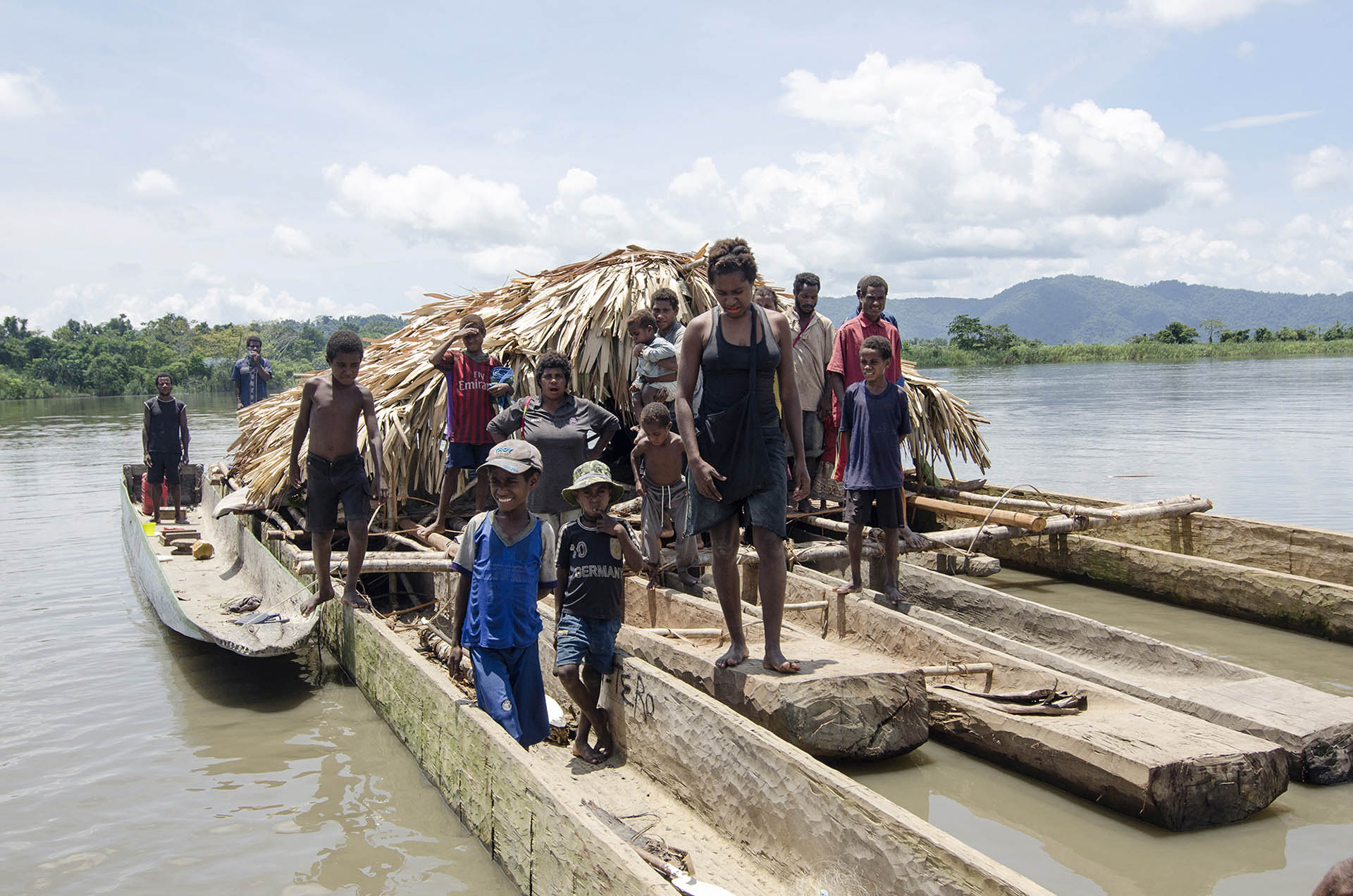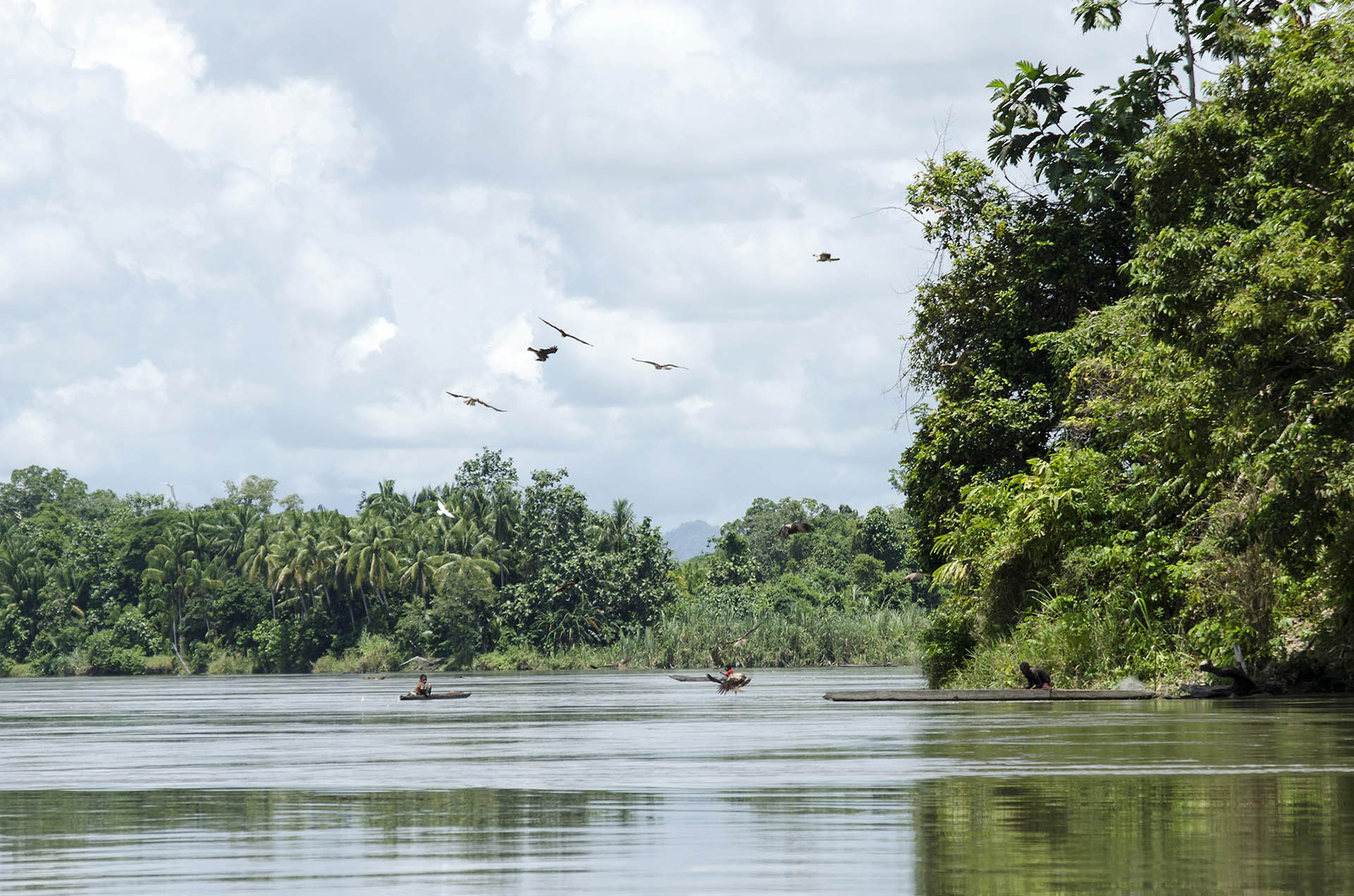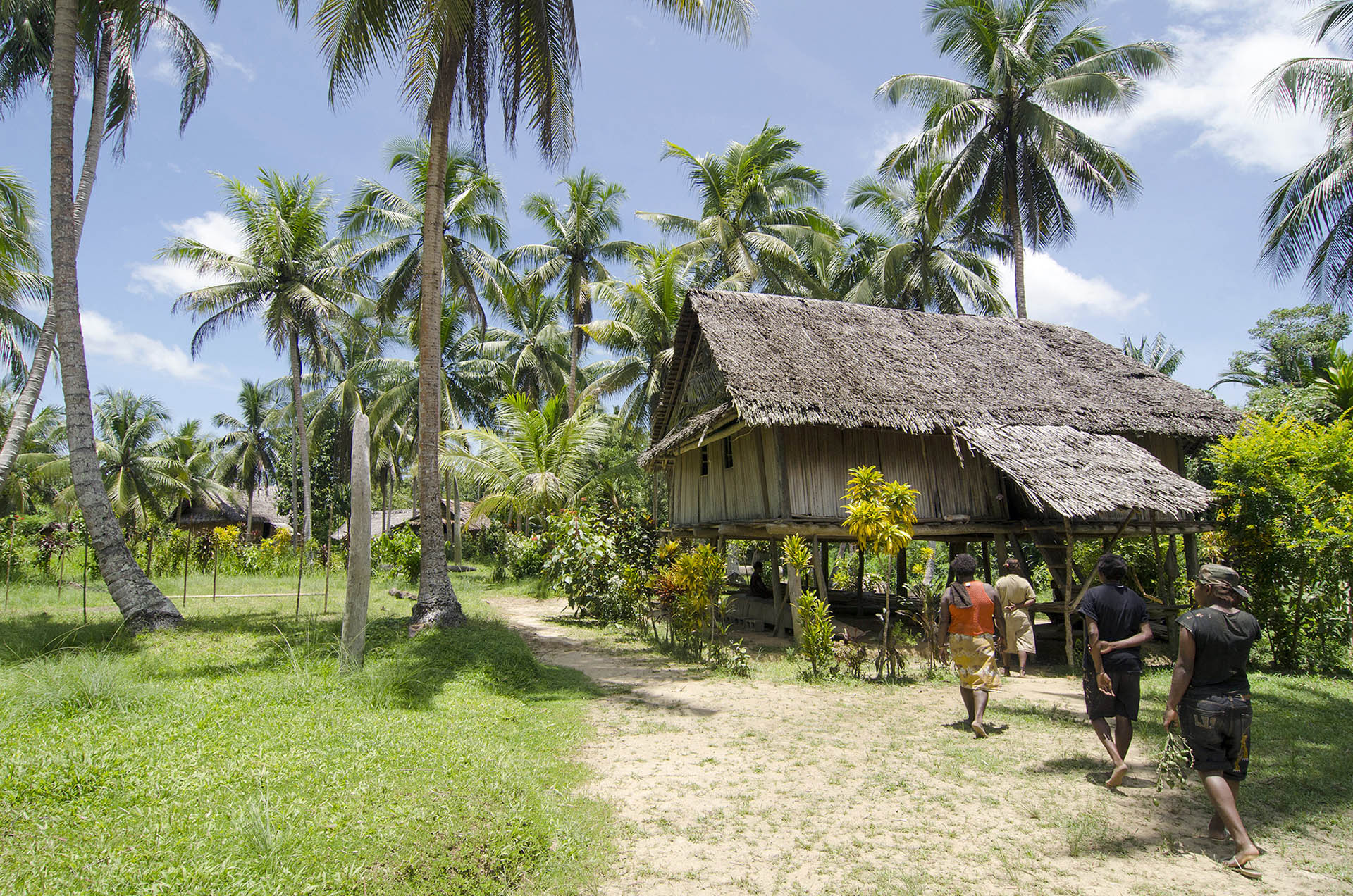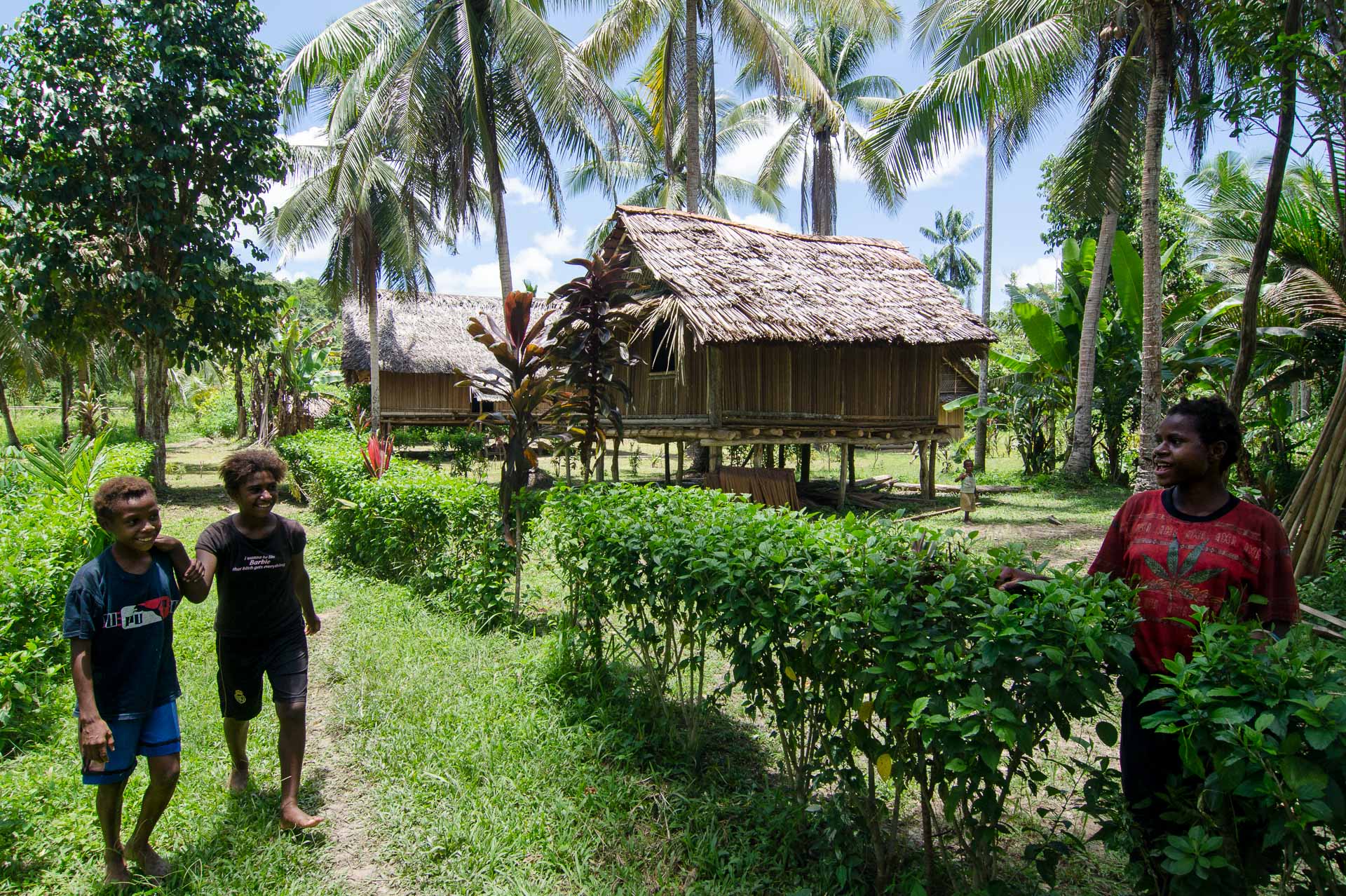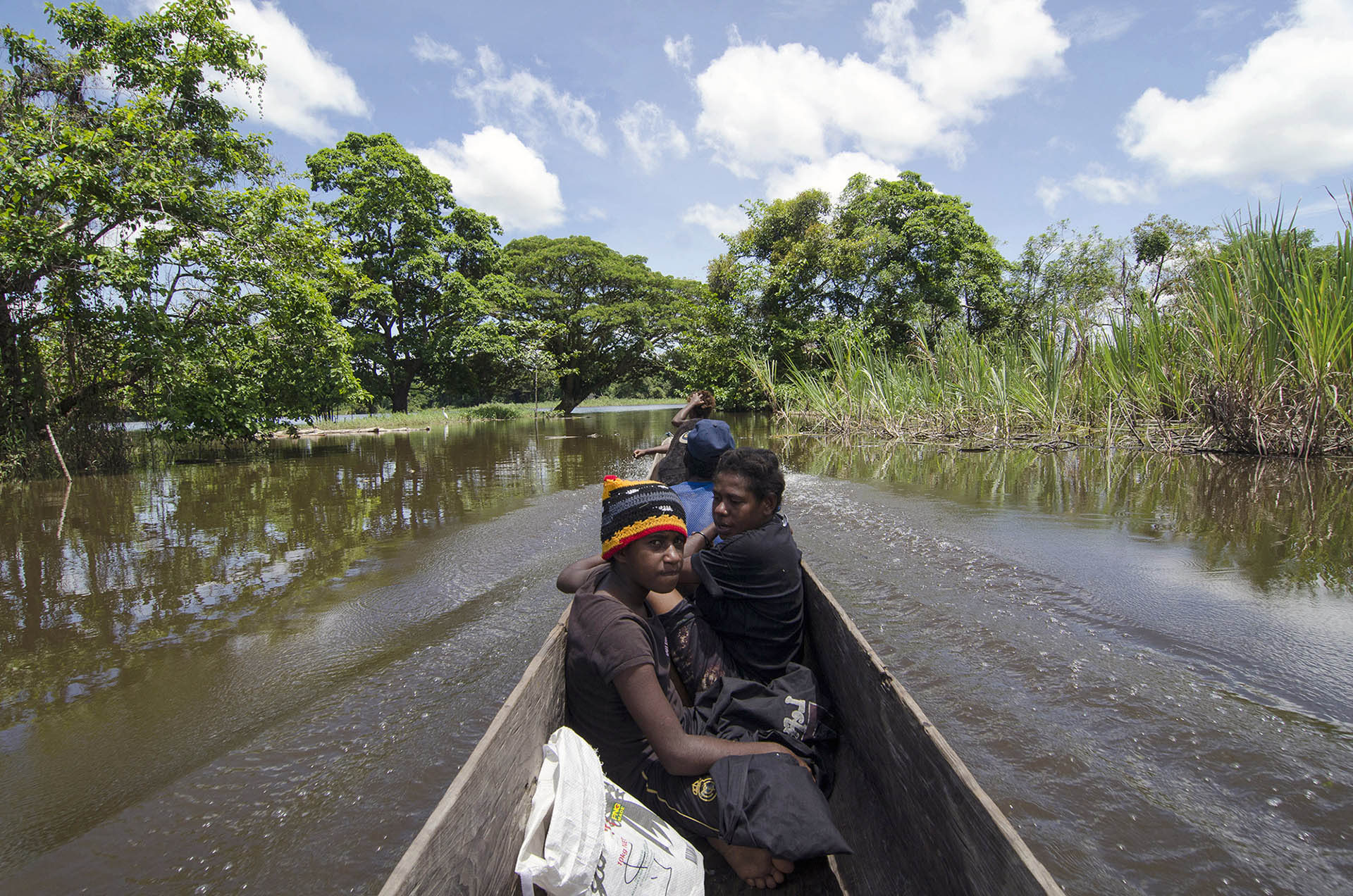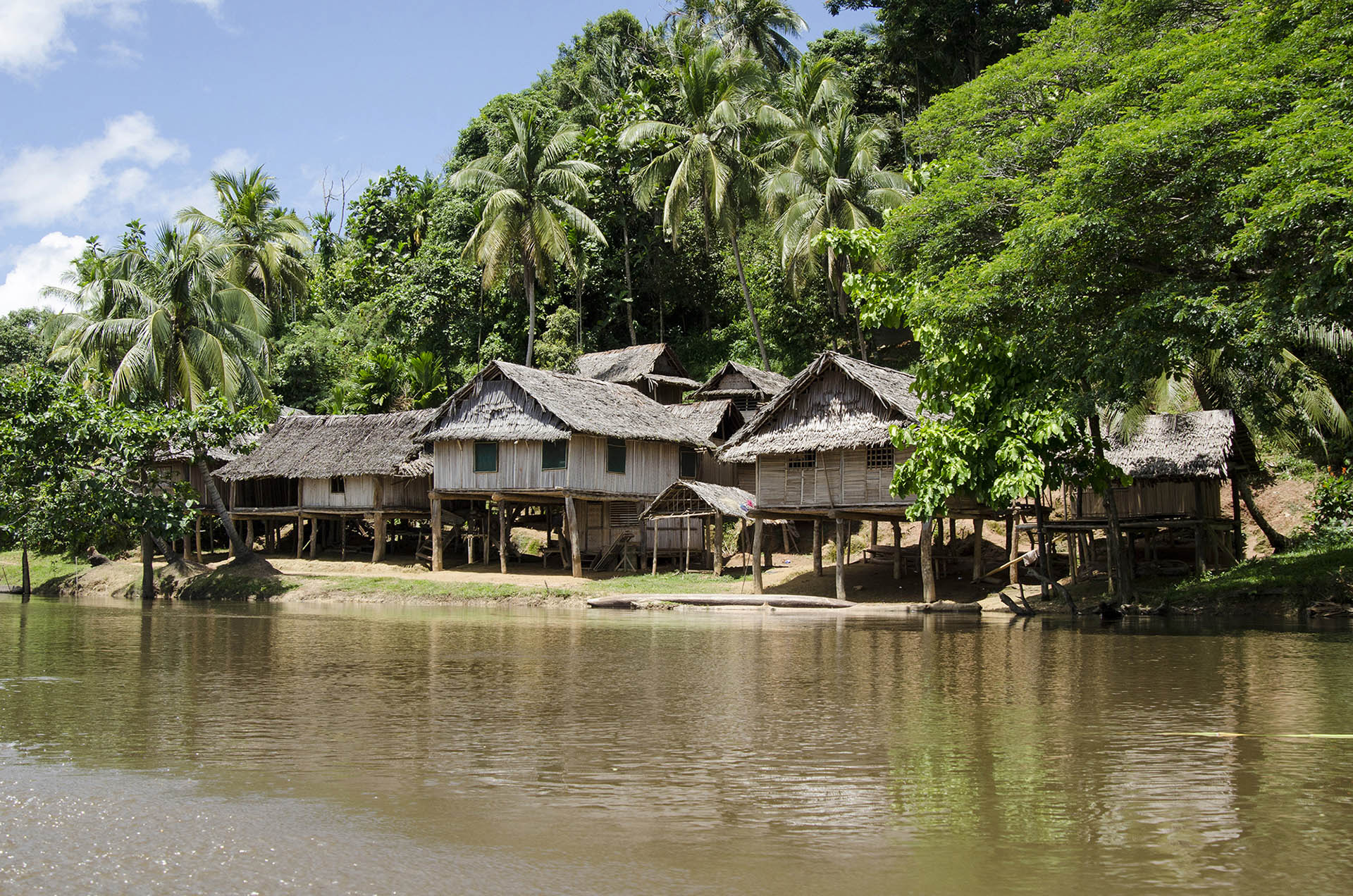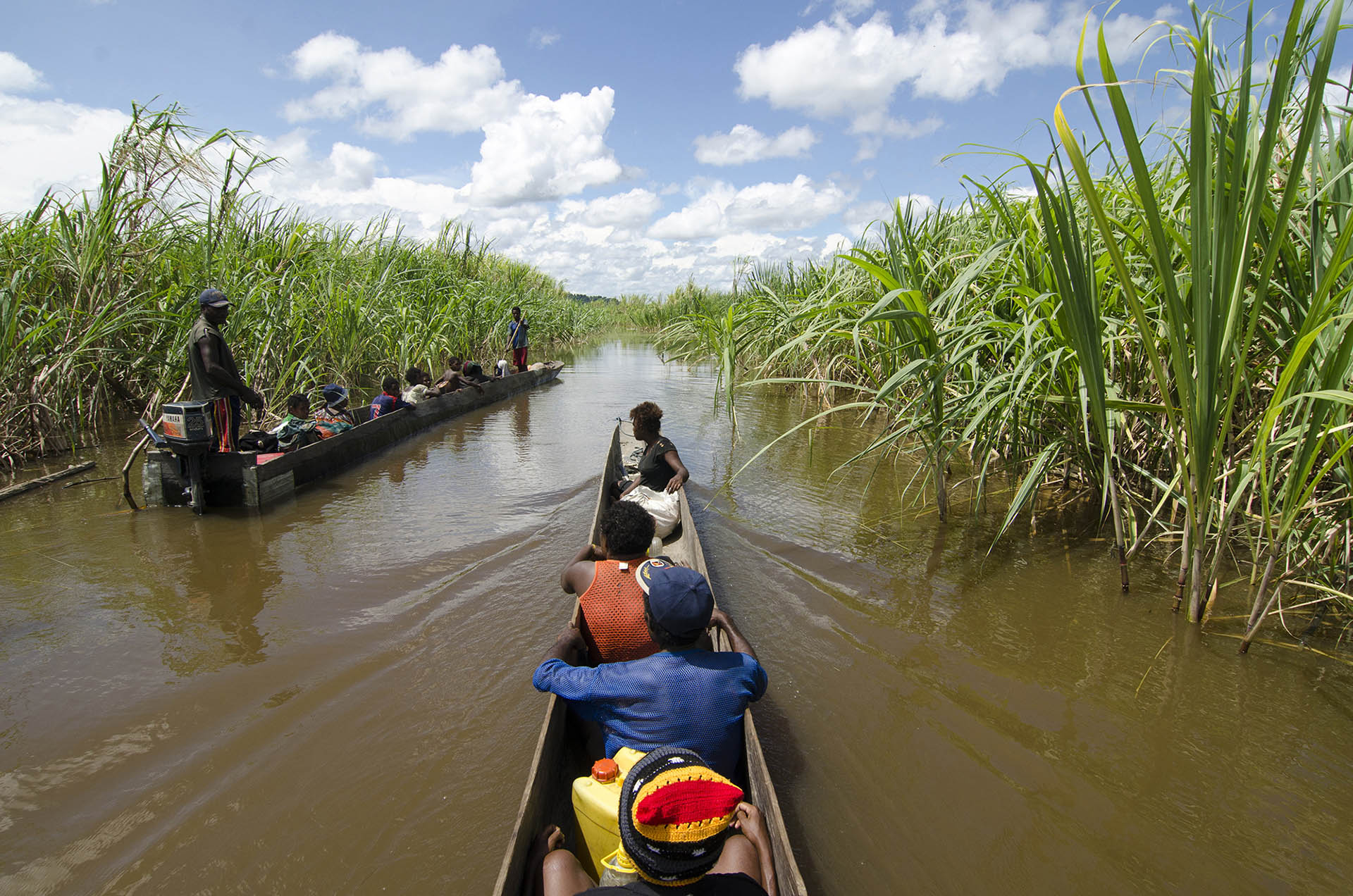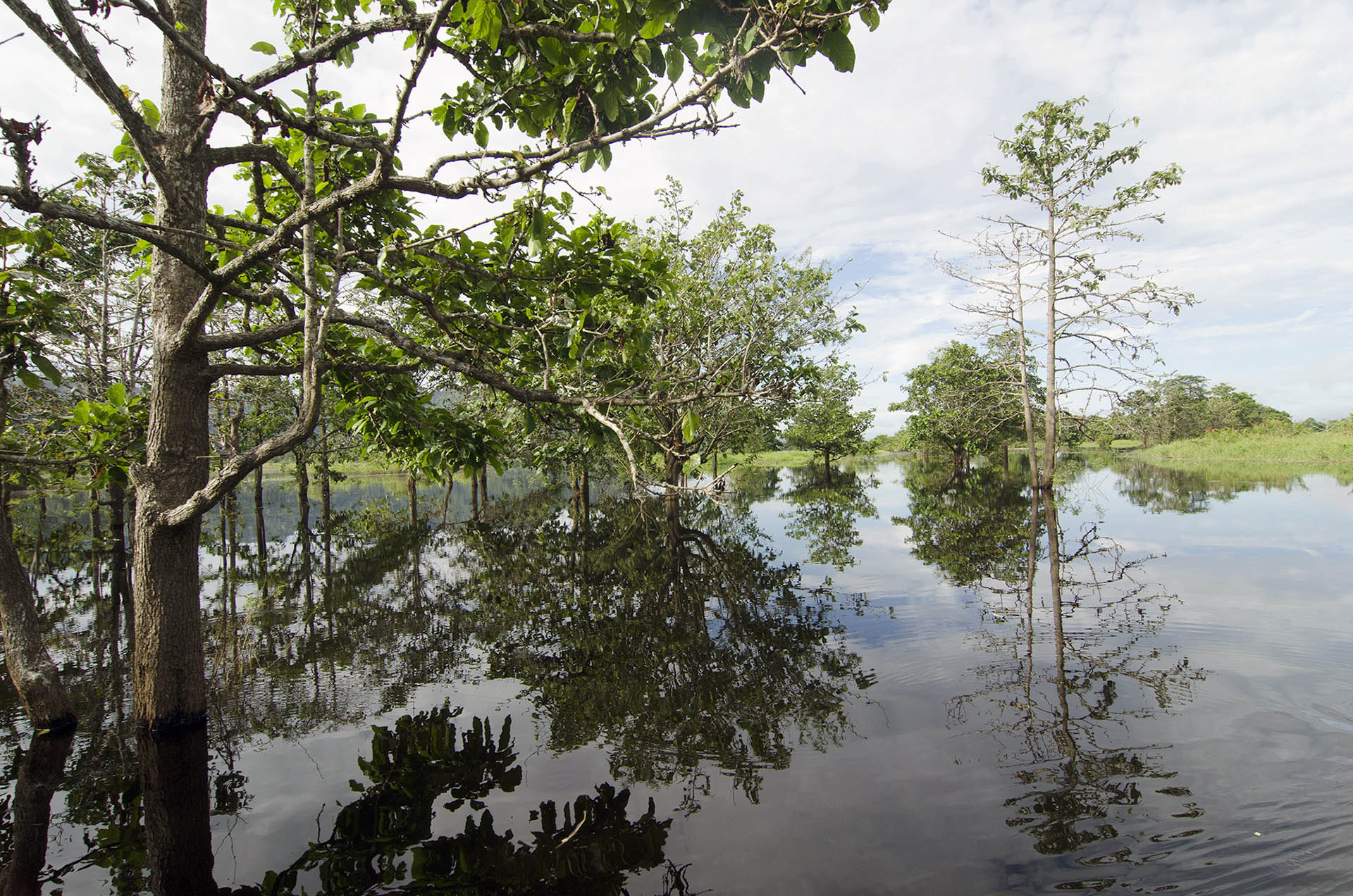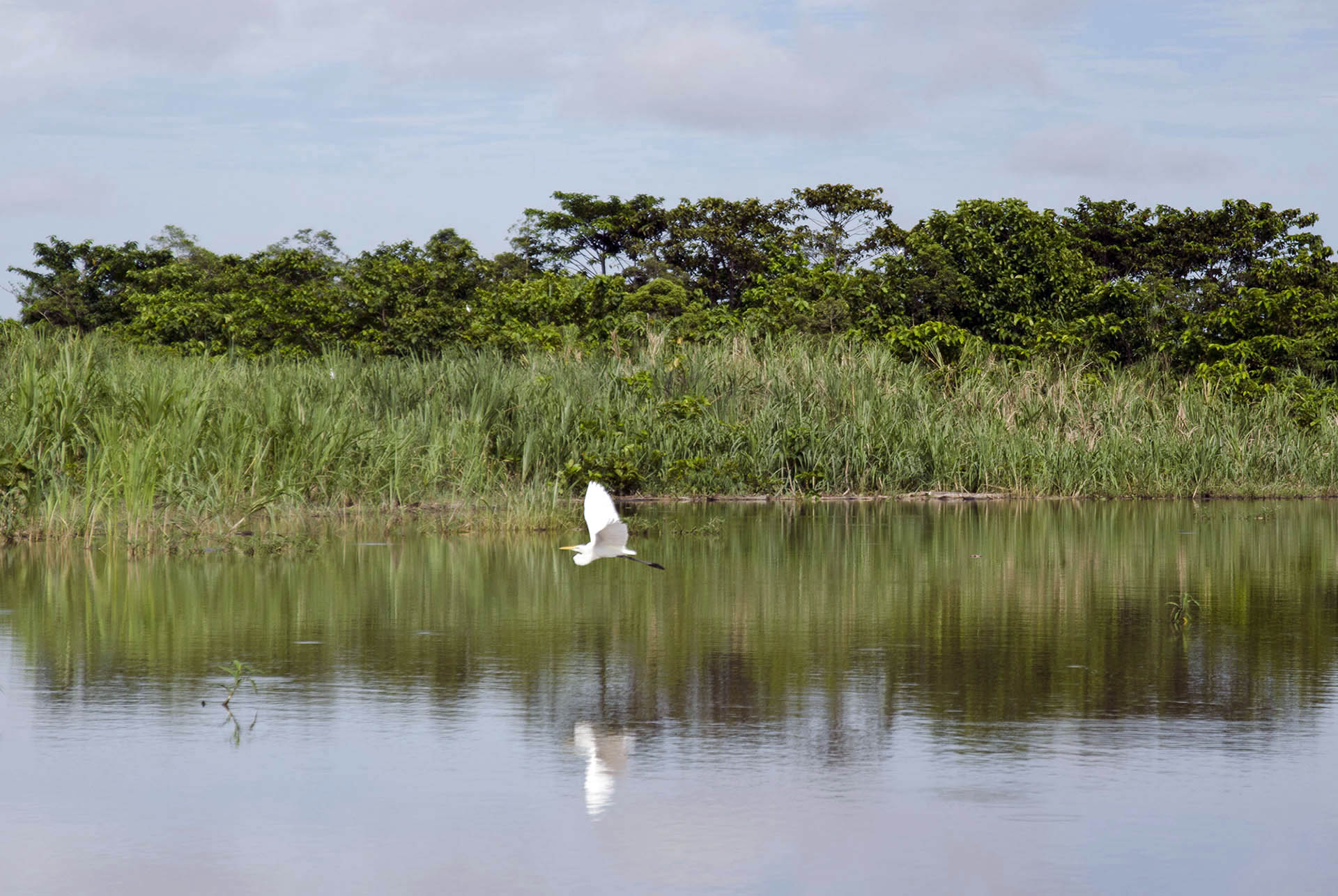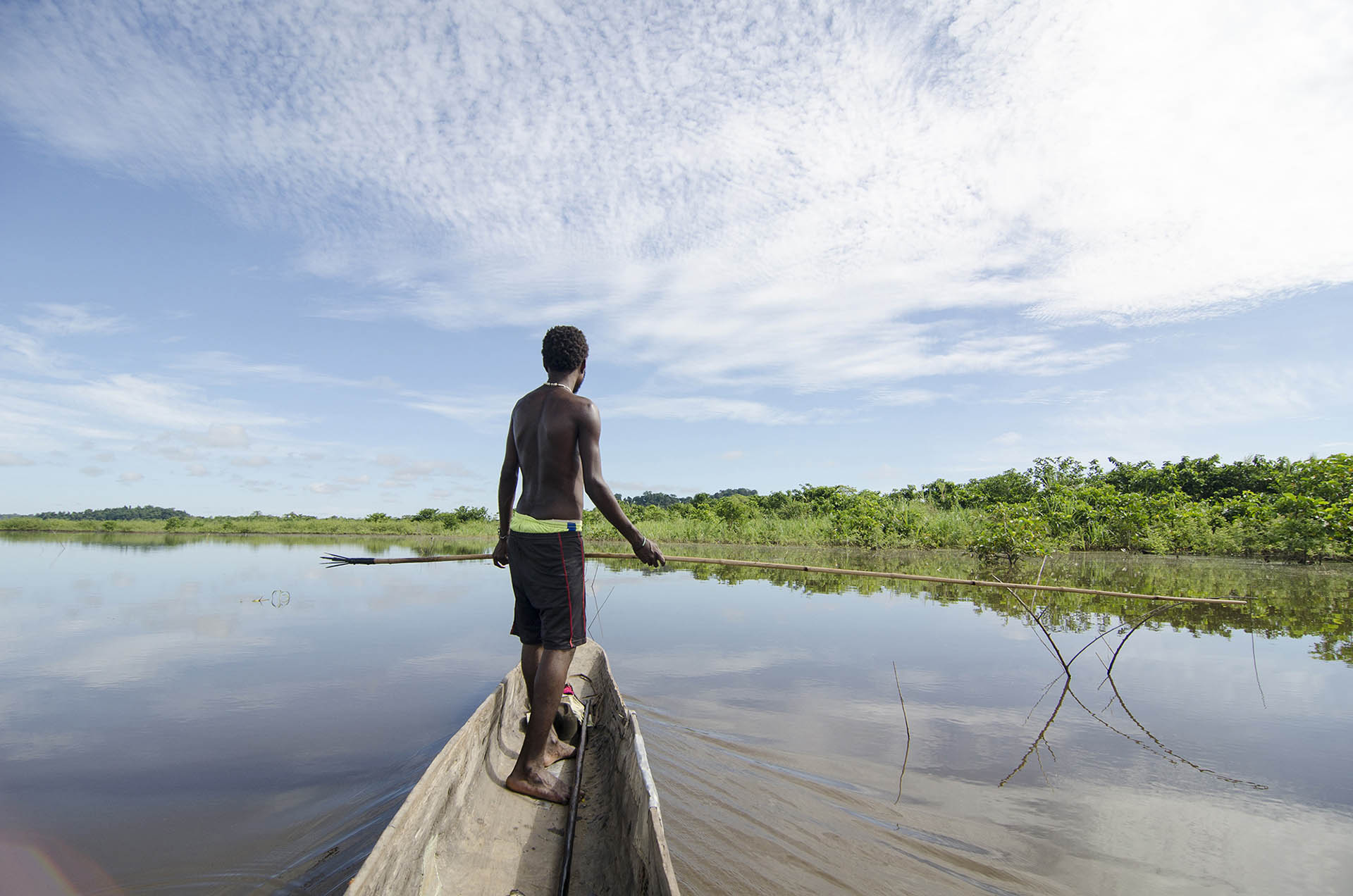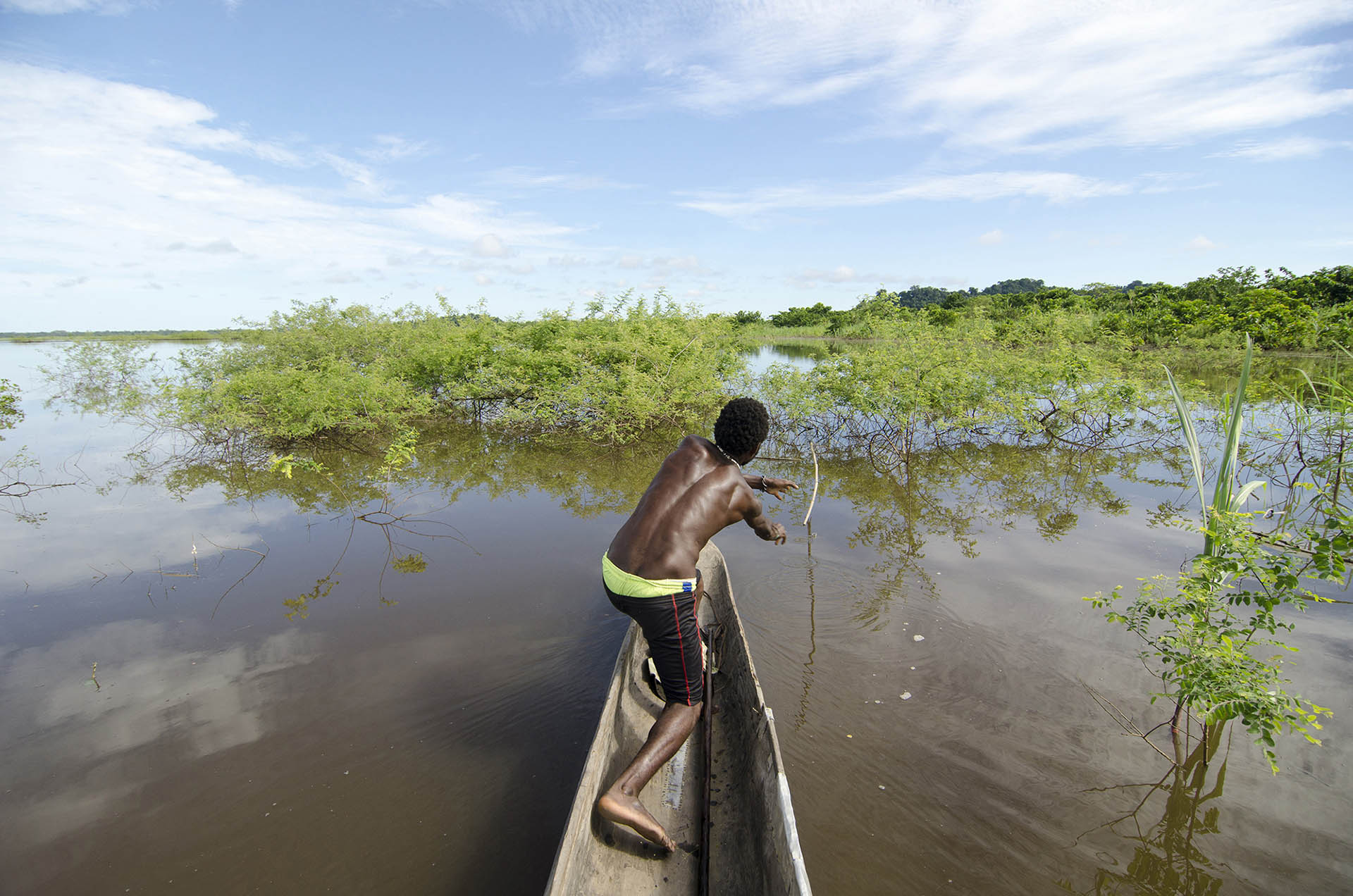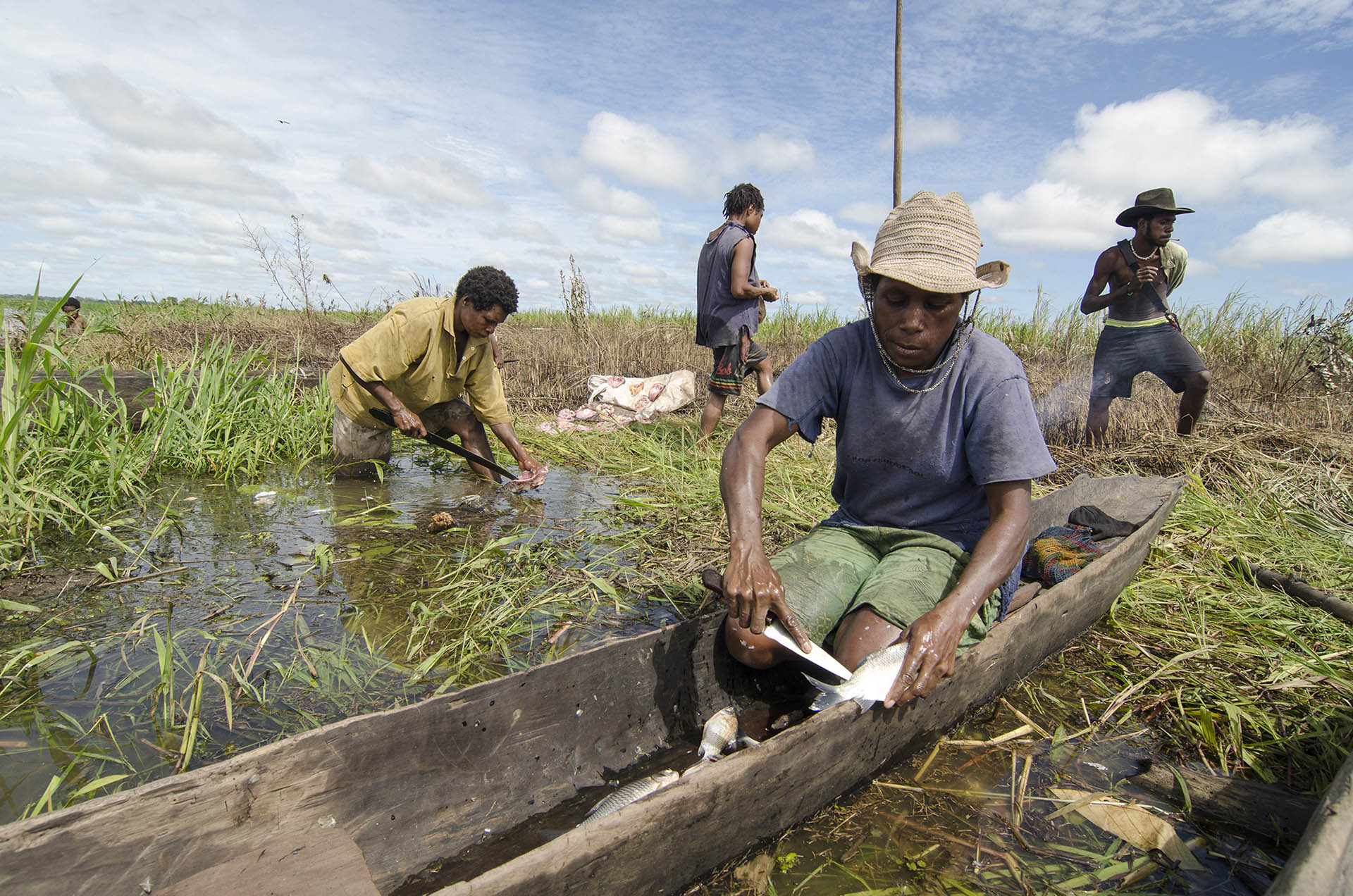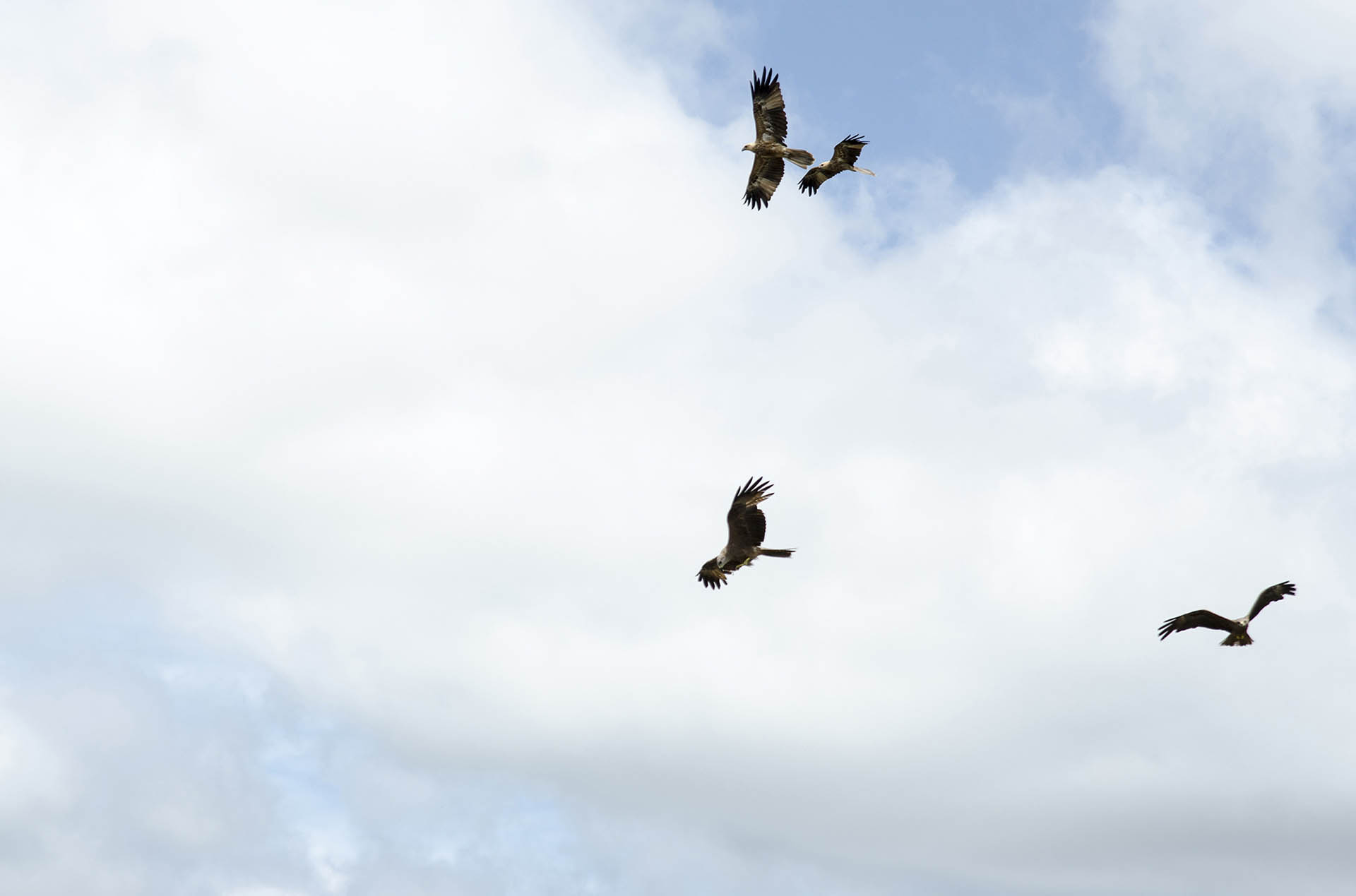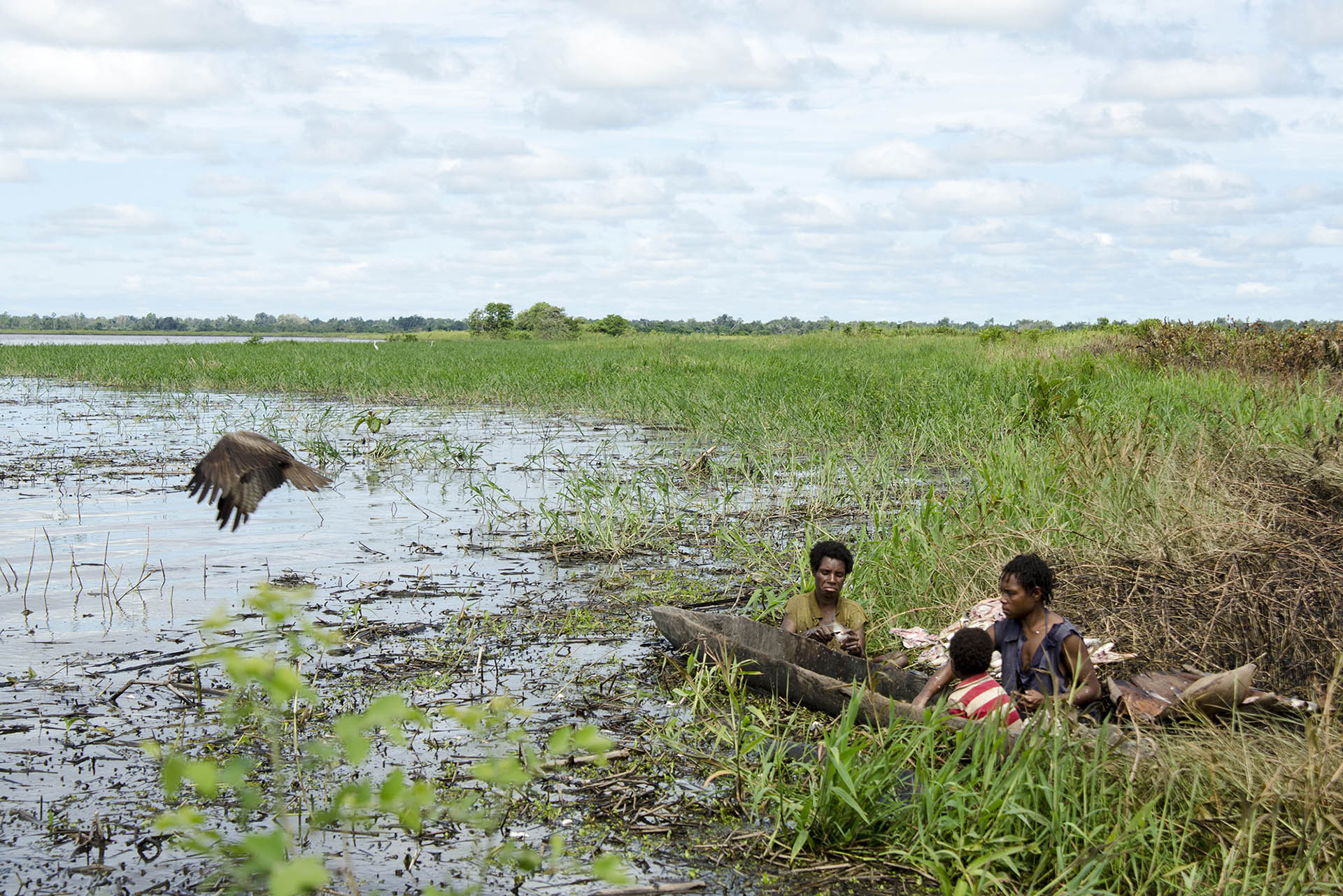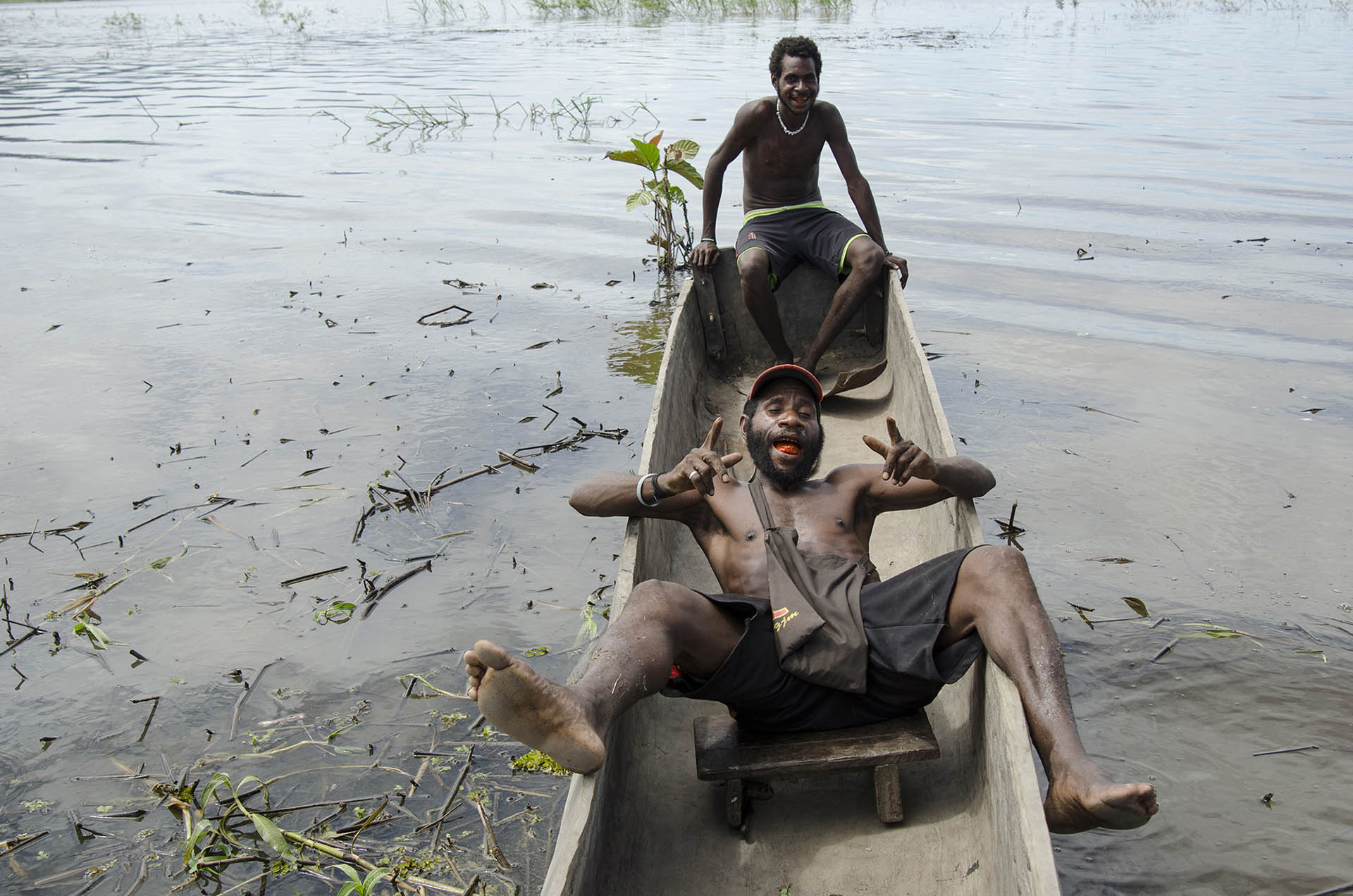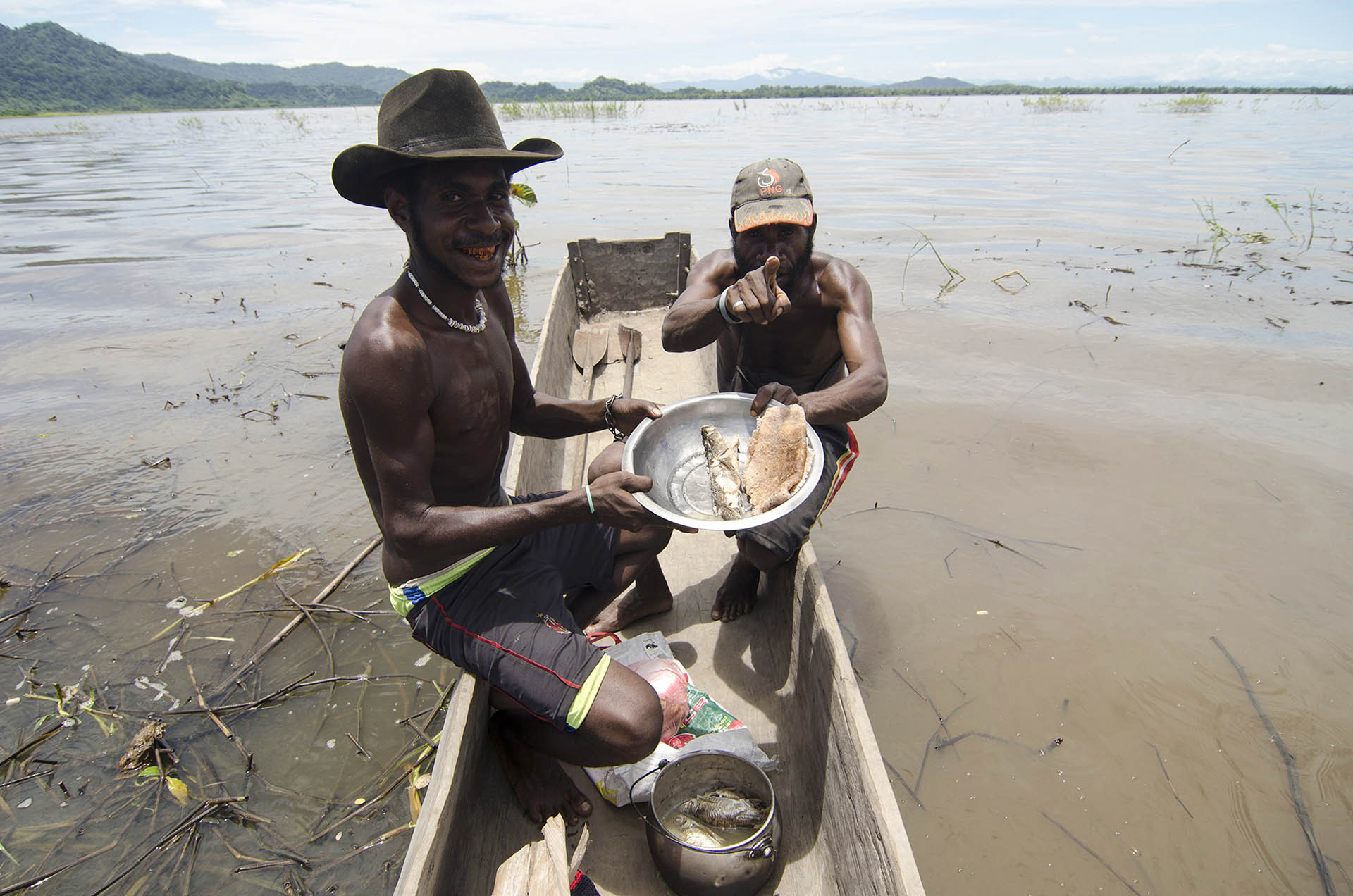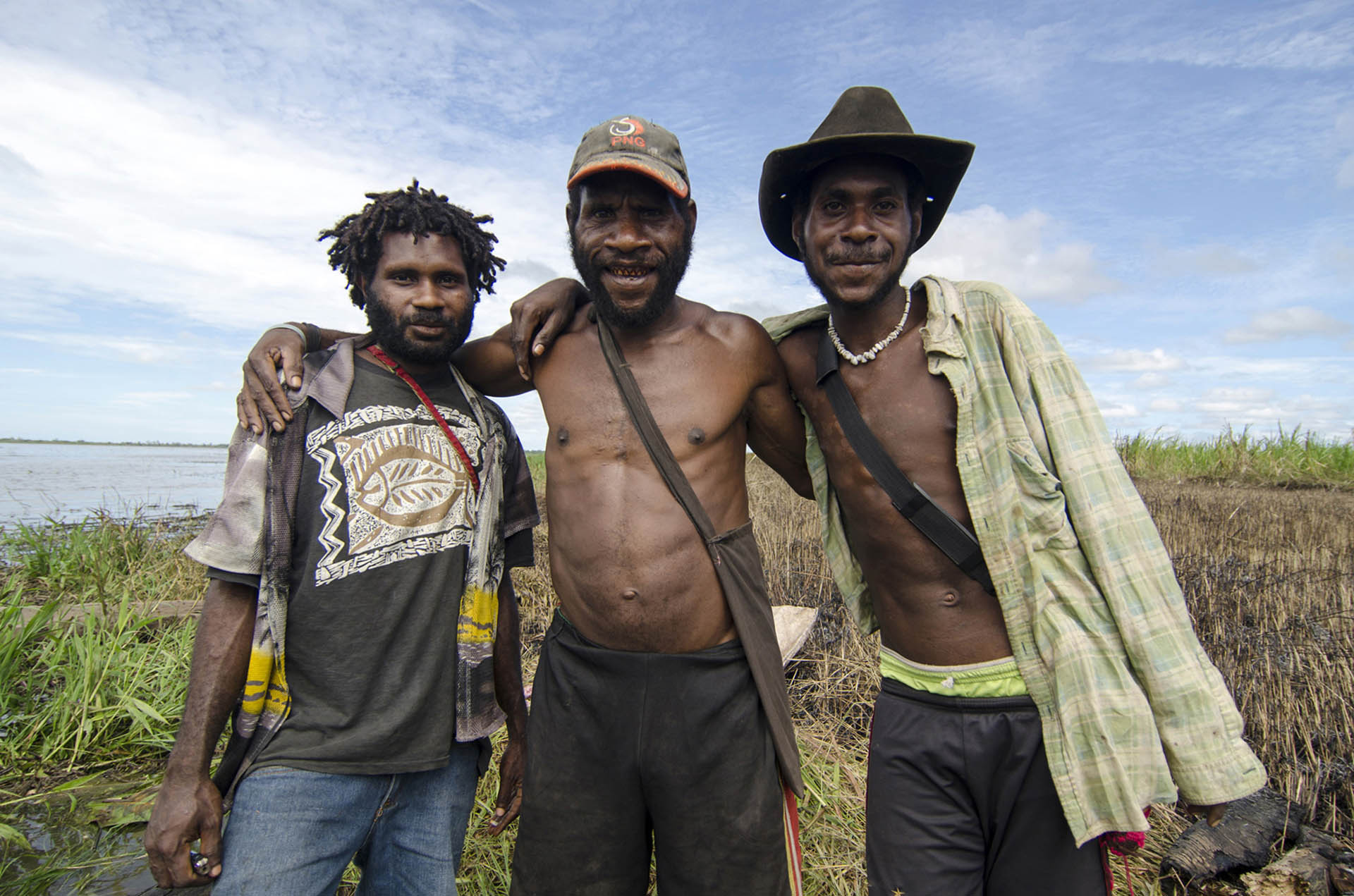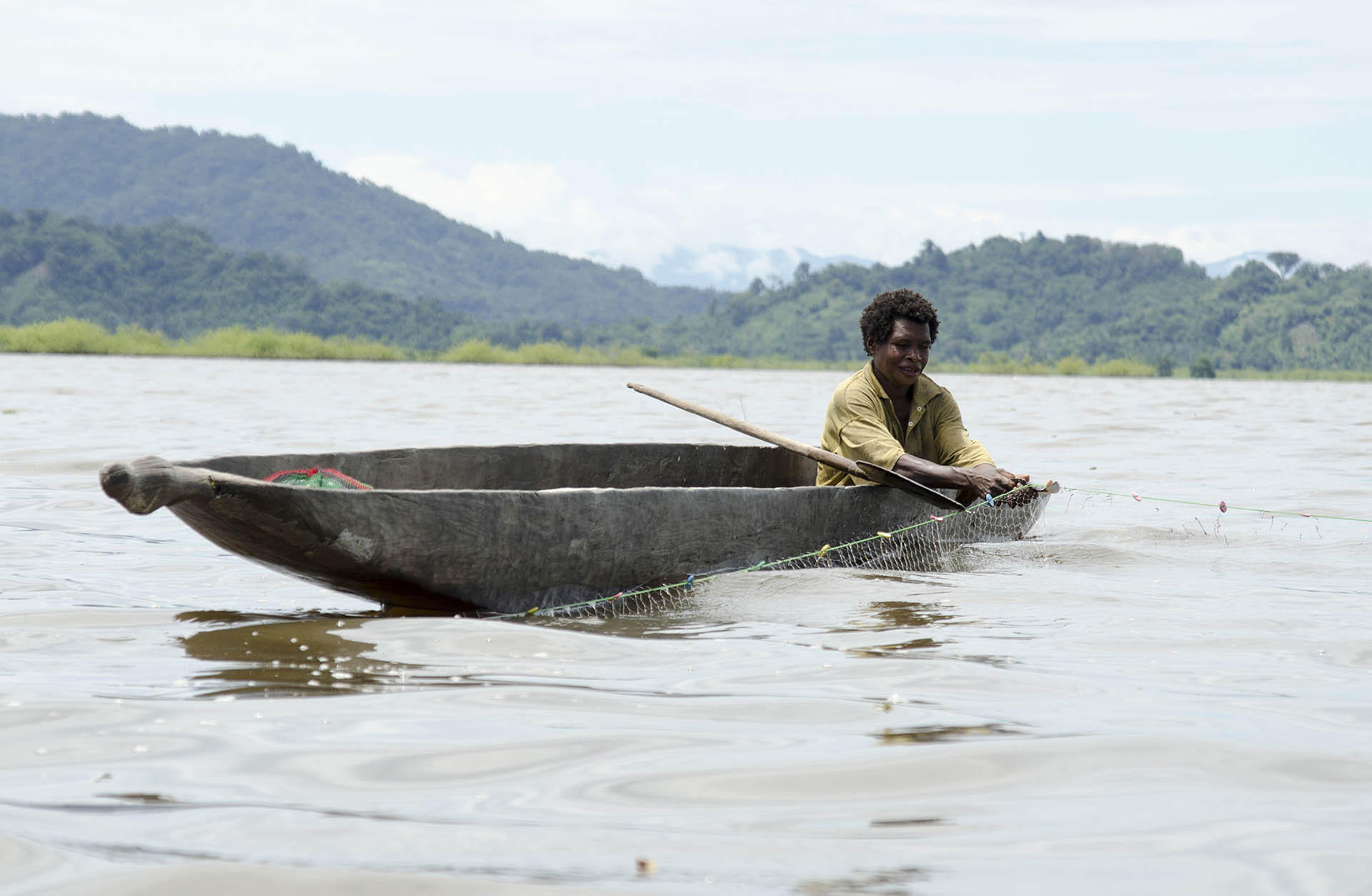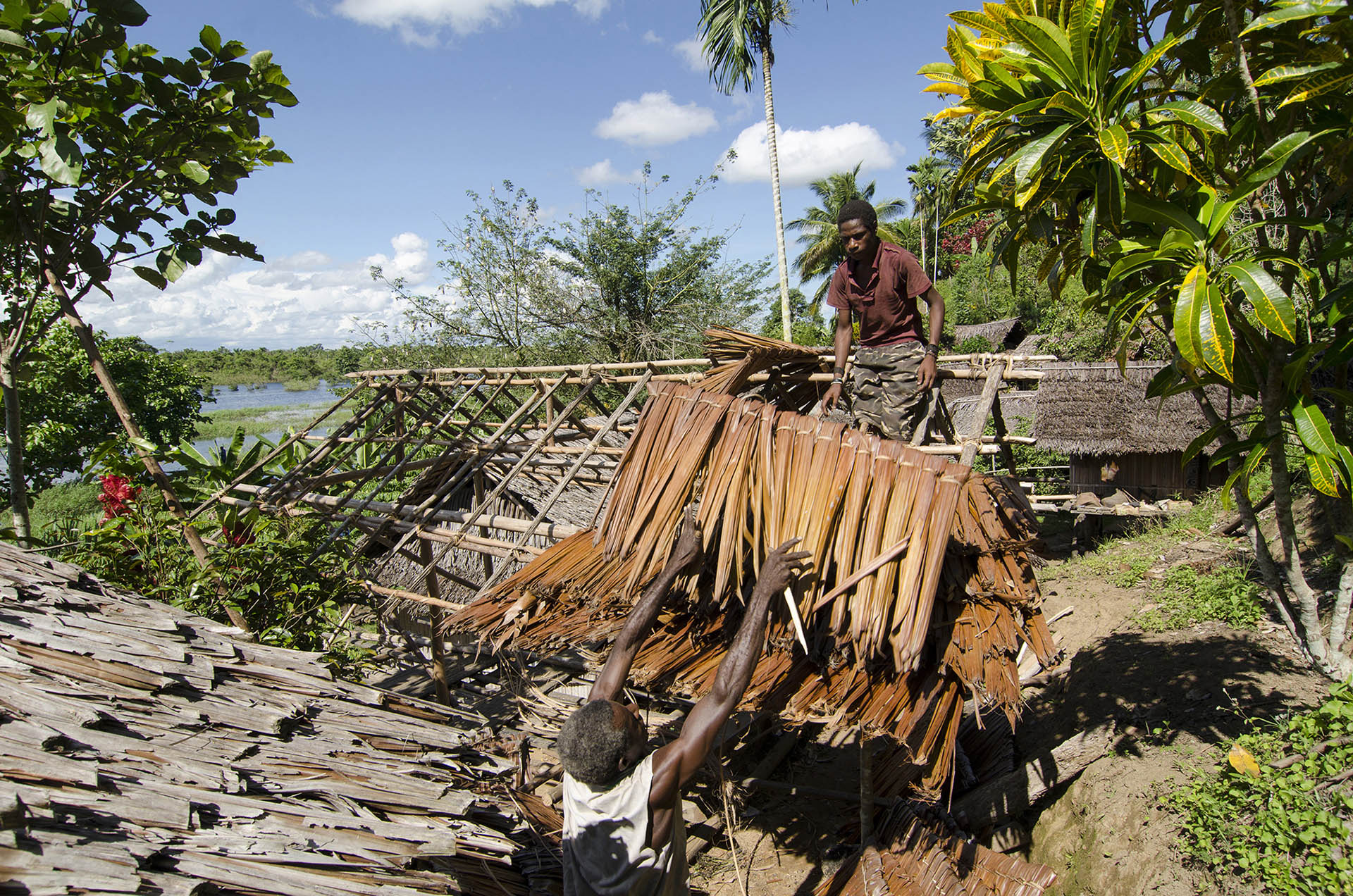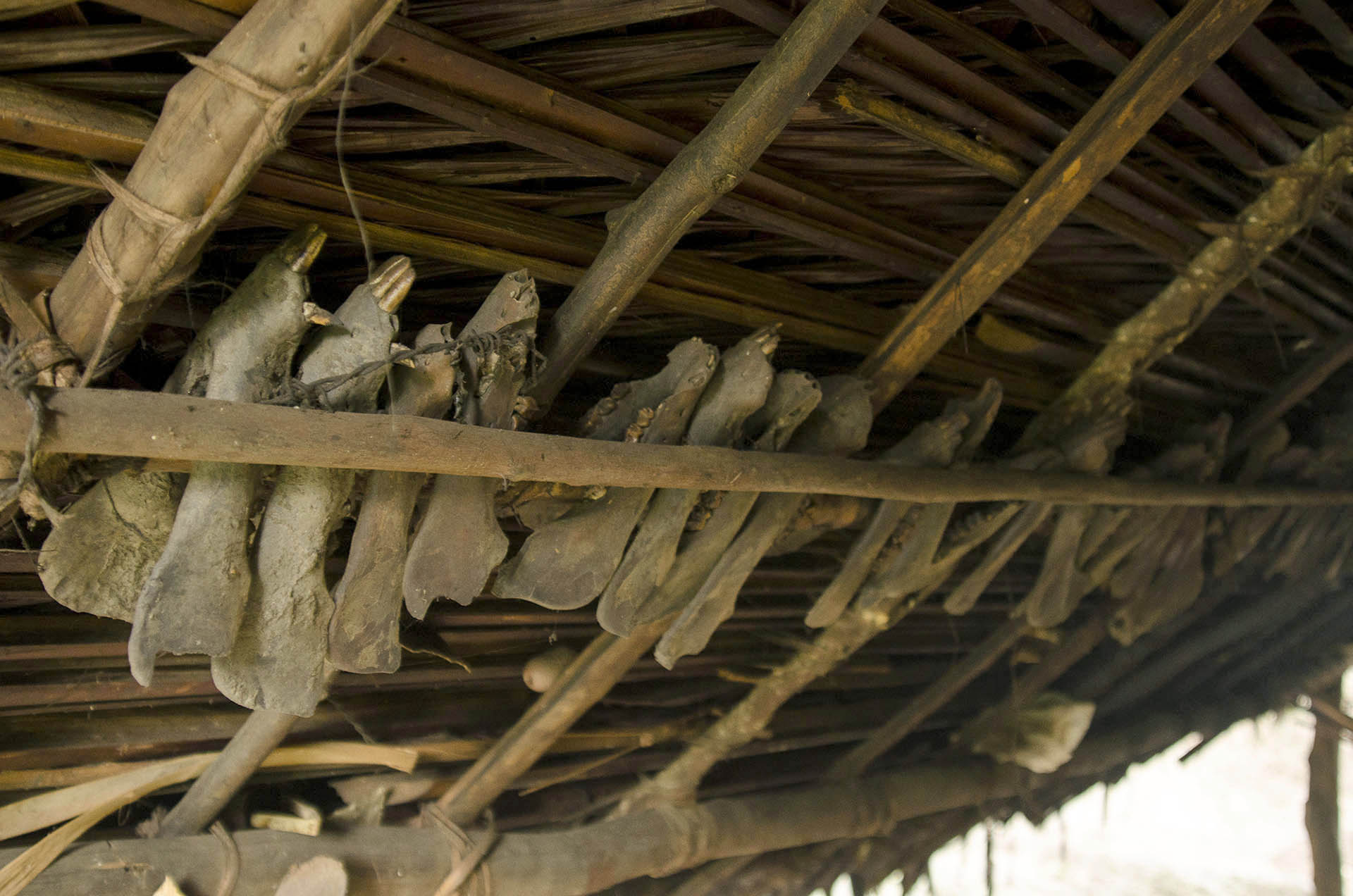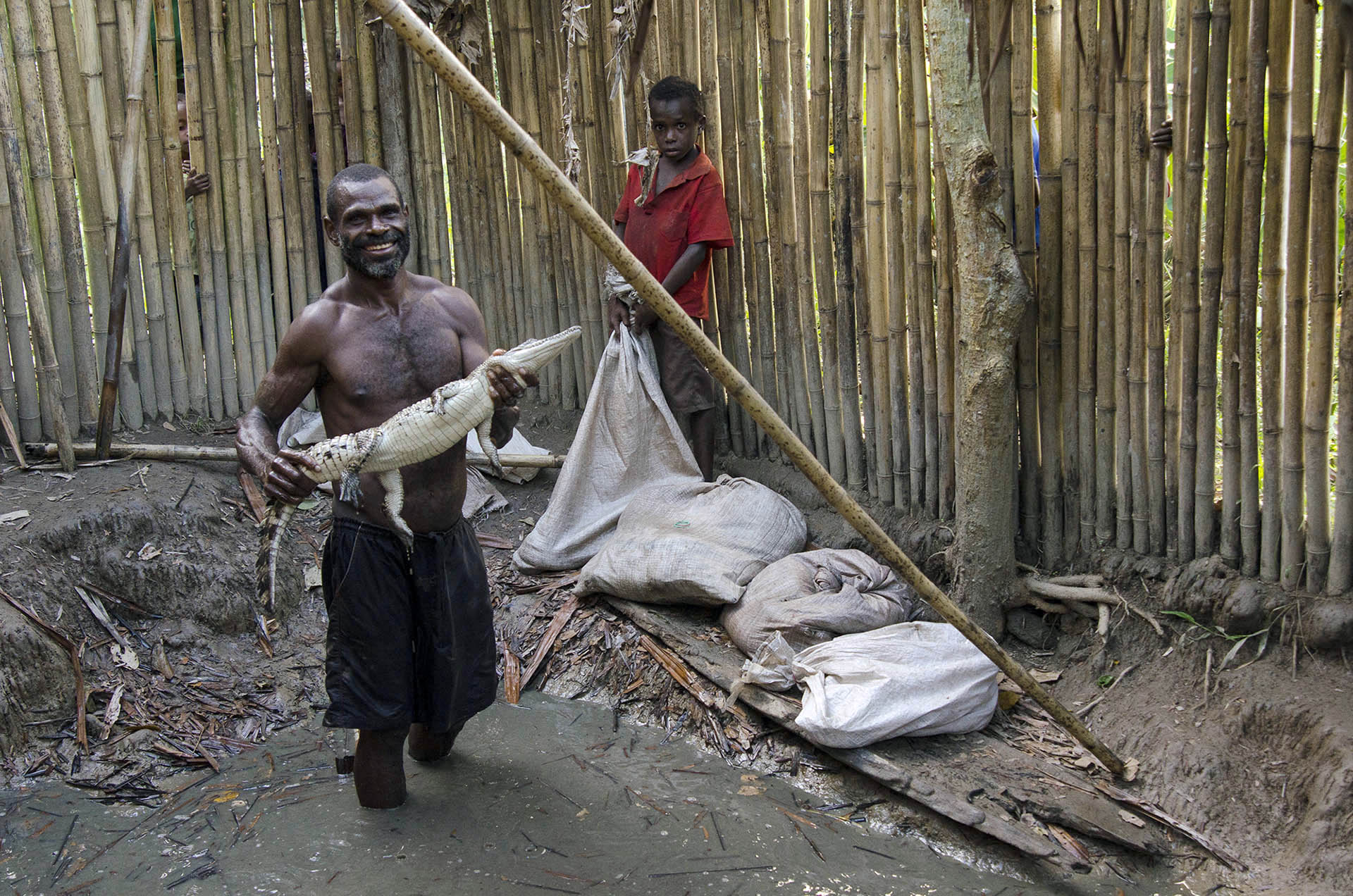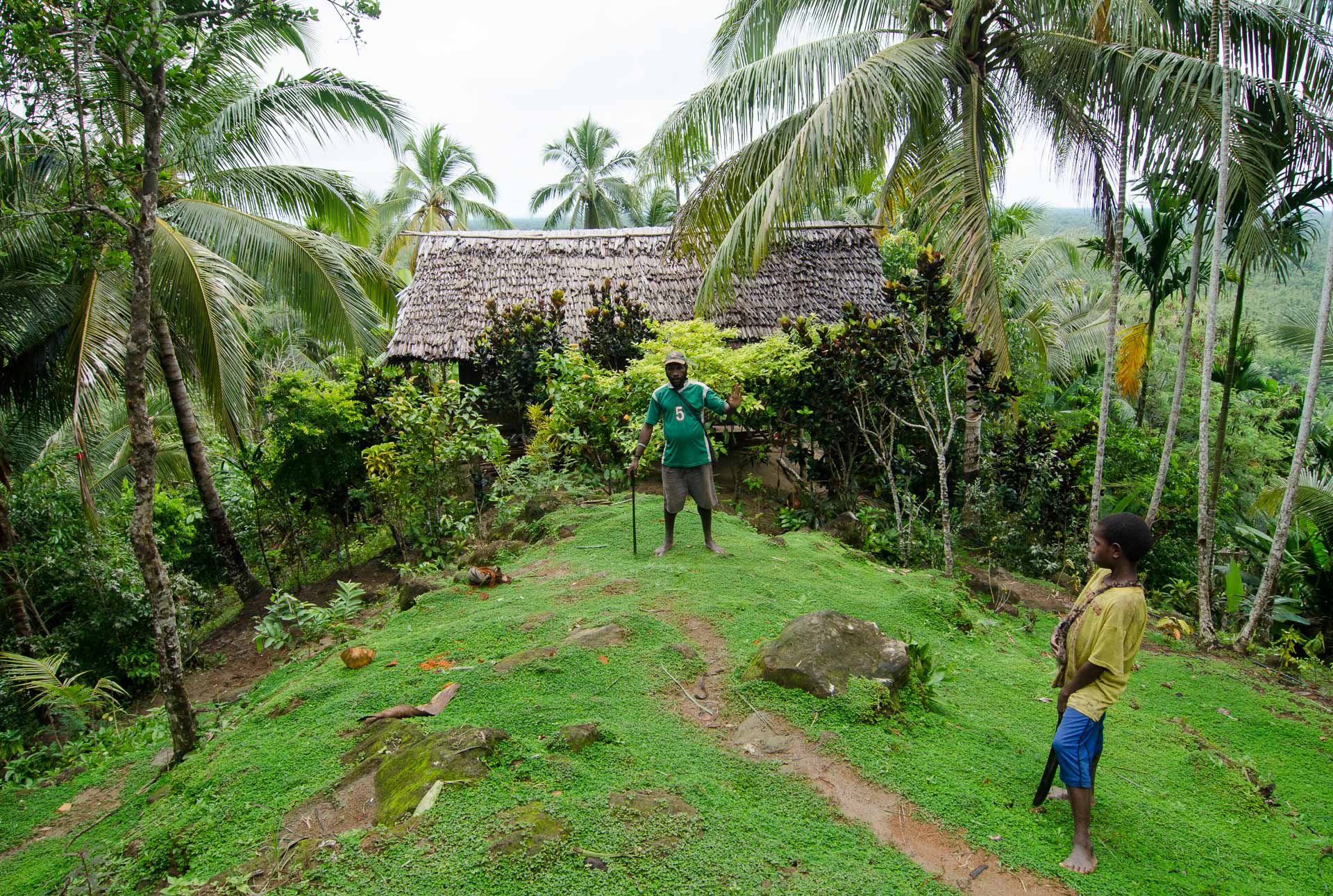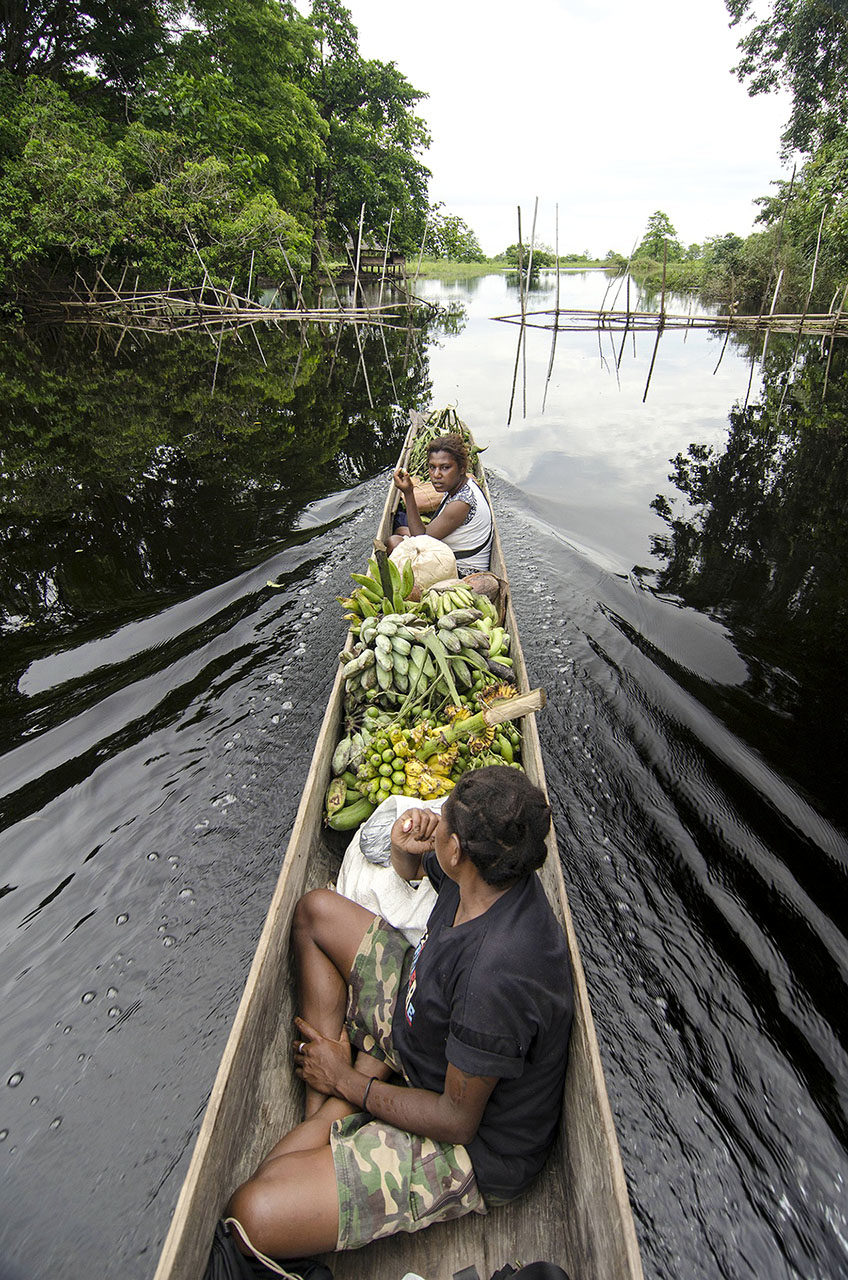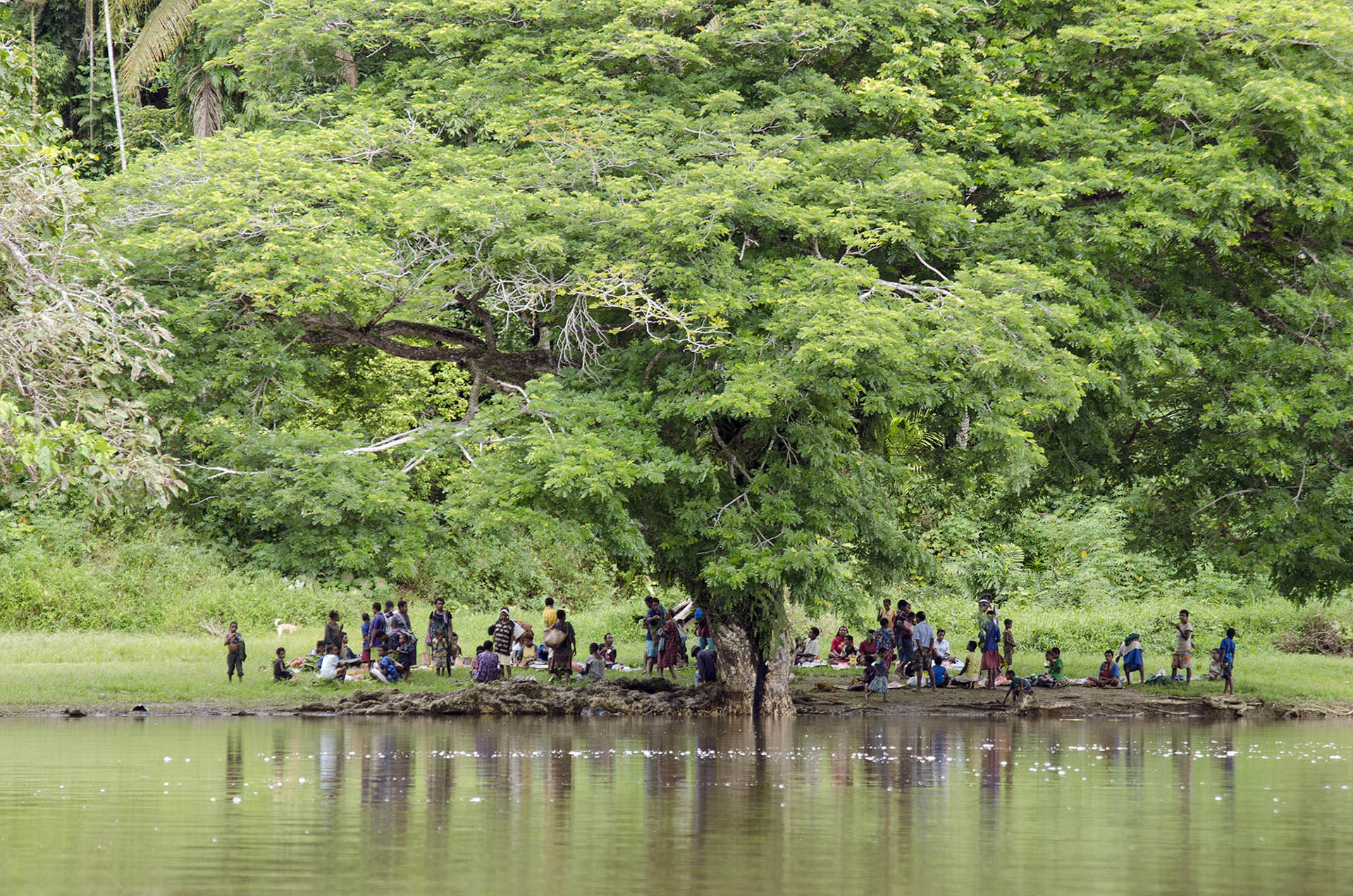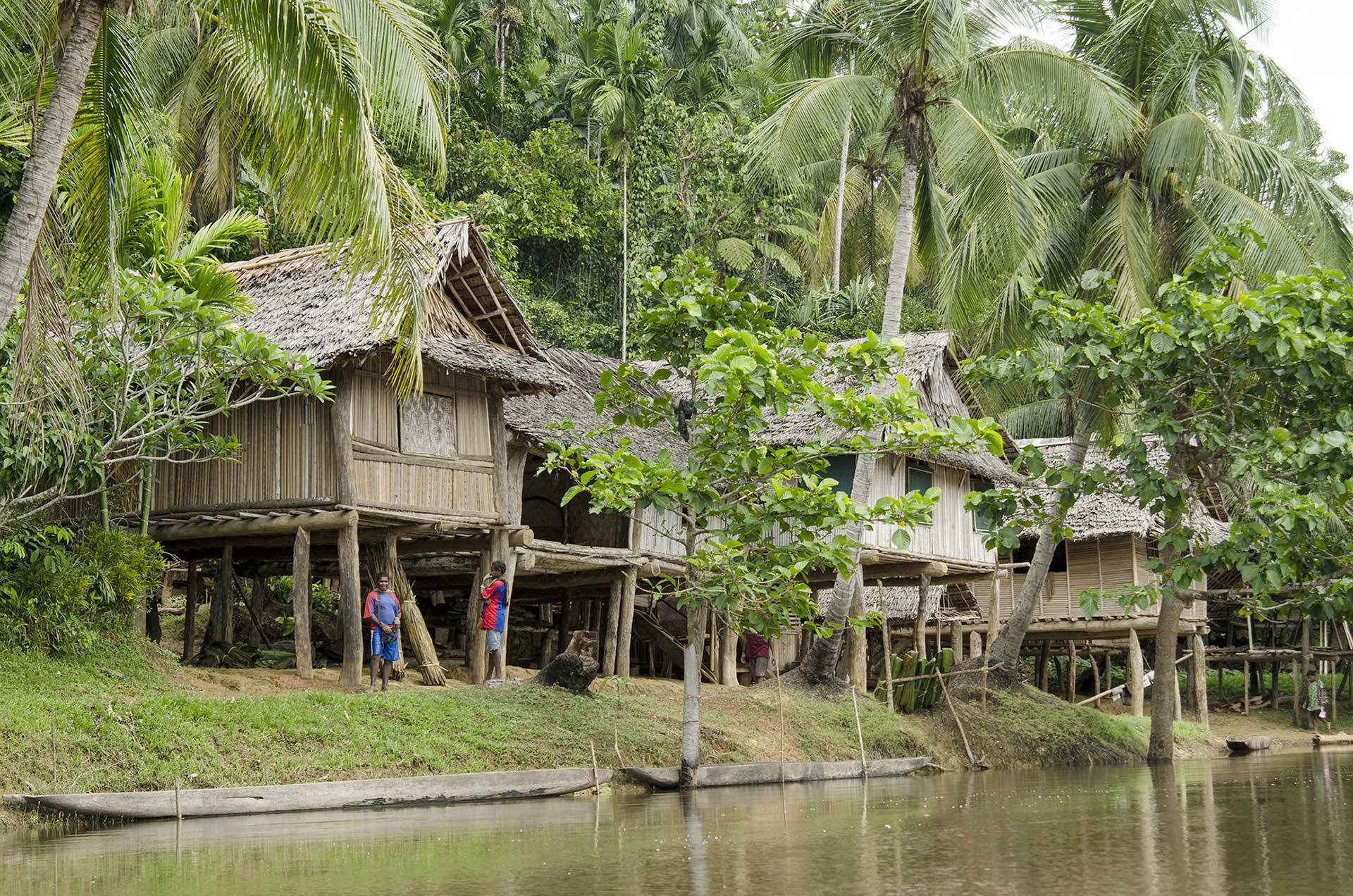
In 2012 I went on a two month trip along the Middle Sepik course, joining the people I was meeting on the way and following their stories.
In Ambunti, an administrative centre on the Middle Sepik course, I met Kaipuk, a “big man” of the Kwoma tribes. He invited me to join him to Tongujamb, a flooded area at the foot of Washkuk Hills, to show me the haus tambaran (spirits’ / cul house) of his clan, Tek (the Dogs) and Asaur (the Vulture). Kaipuk is an Asaur, or Tarankaw.
The Kowmas are among the very few ethnic groups along the Middle Sepik course, that continues the tradition of tambaran and singsing (ceremony) after the missionaries’ assault. The tambaran is a powerful place, the gathering of the male ancestors’ spirits. Pillars, crossbars, roof and walls are carved and painted with motifs from their mythology. They still exert their powers over people and lands and watch the customary laws. The men gather there to find strength and guidance, to debate, teach, learn, chill and share stories.
When I arrived in Tongujamb, the Sepik’s water was at high tide and black-tea-like water was covering the wide plains. The villages were connected by a maze of channels and lakes. The calm, dark water of the lakes was like mirrors stretching beyond the horizon, with lush green patches and with steep, green, hills in the background. Besides the ferocious mosquitoes, it was fantastic, like the fairy tales of the tambaran.
And, if that was not enough, I had the privilege to watch a tumbuna singsing hold to celebrate the completion of the roof of a new tambaran. Three years later I returned there and saw the new tambaran, with all its ritual artwork. Here I post photos from the 2012 trip.

